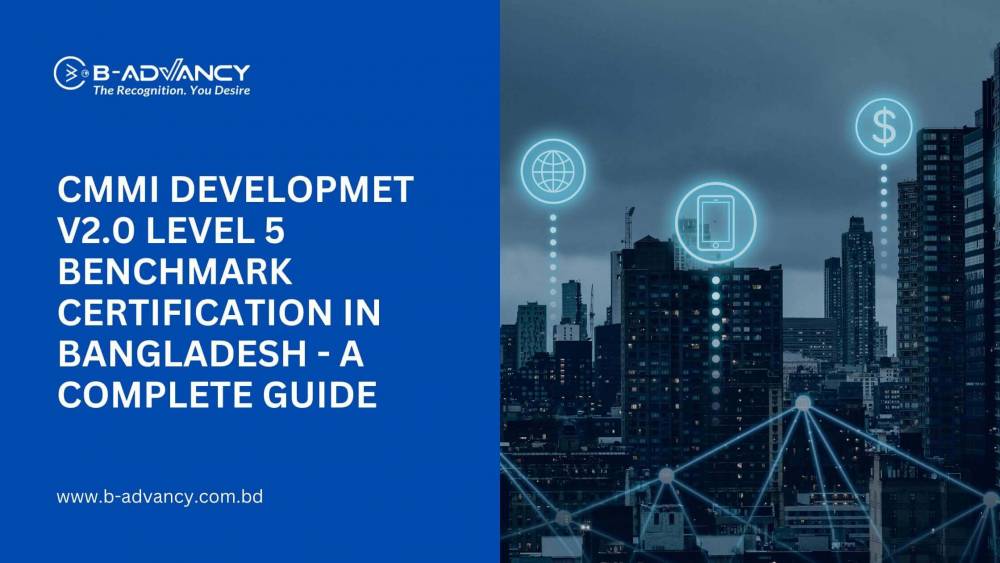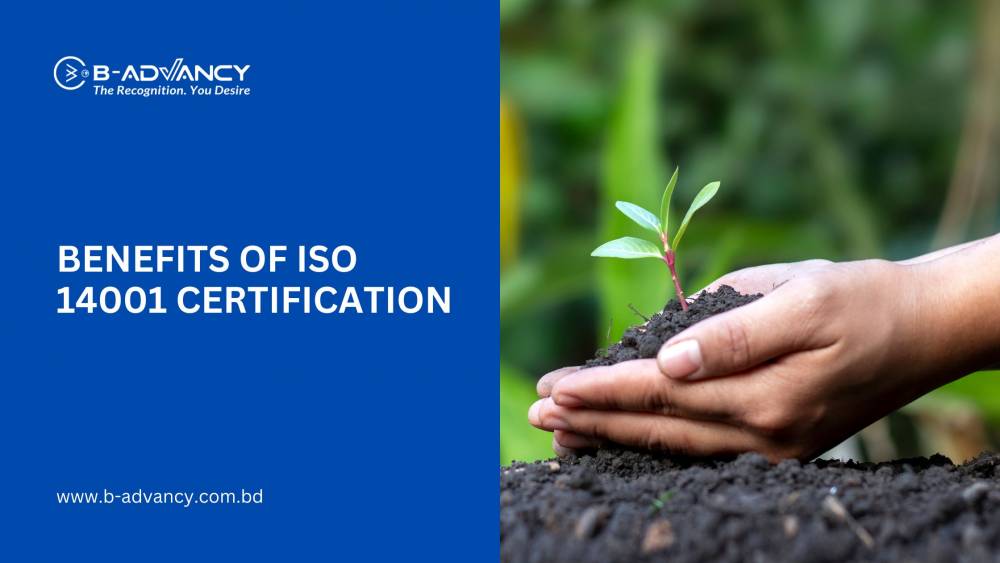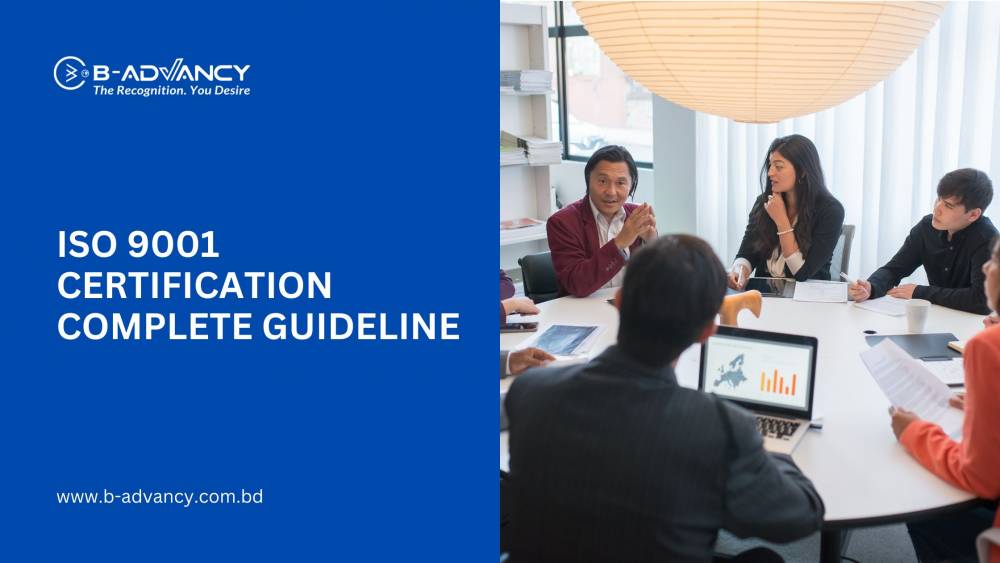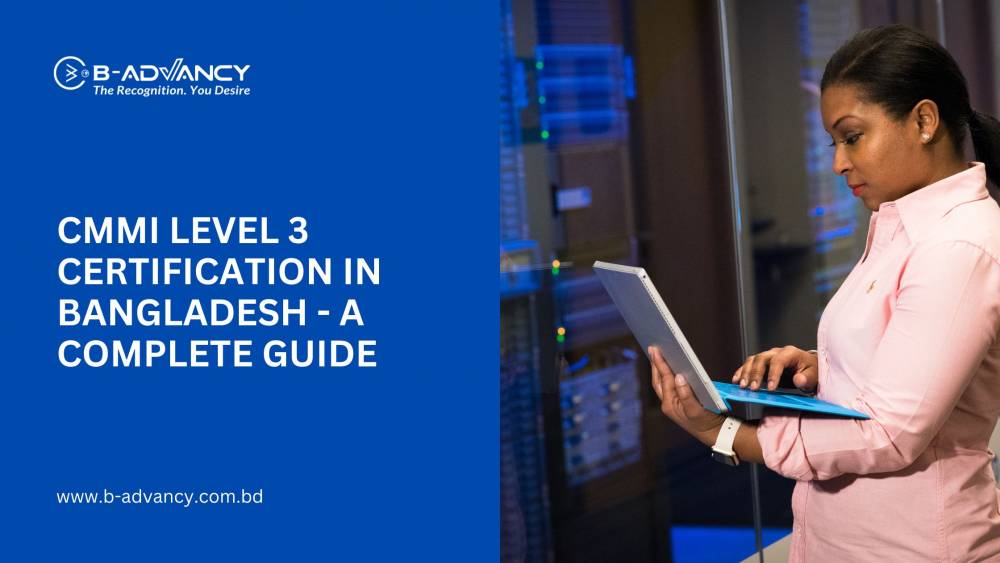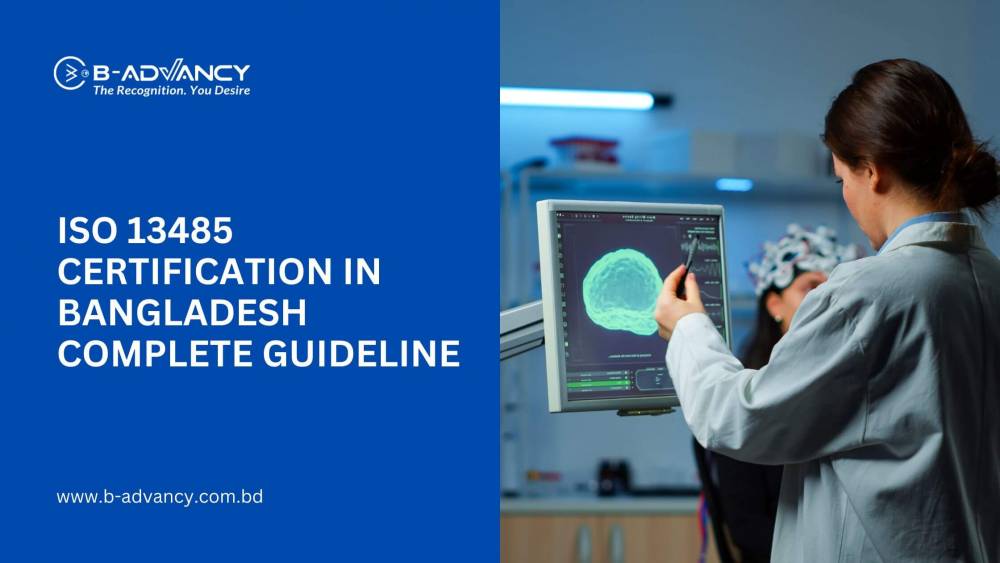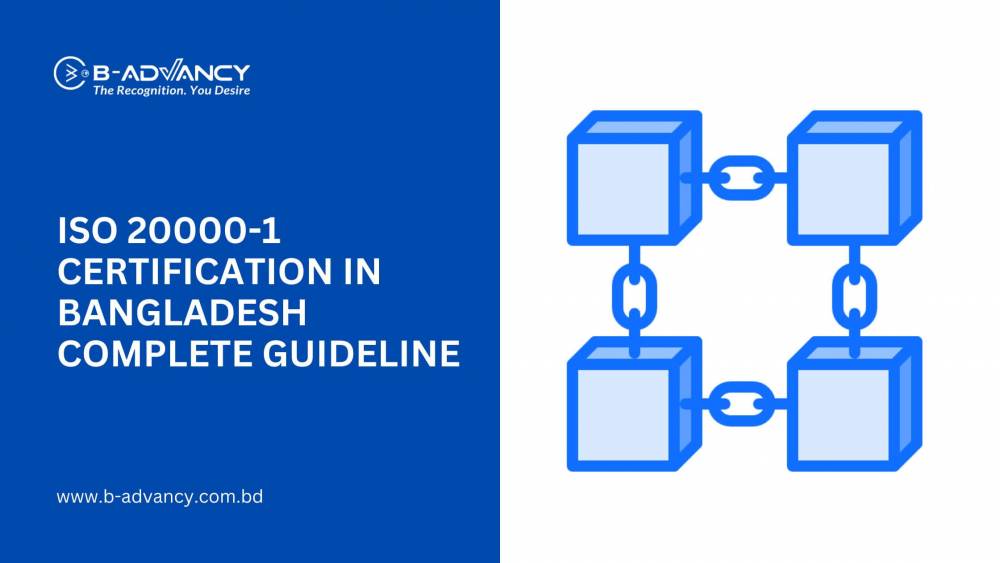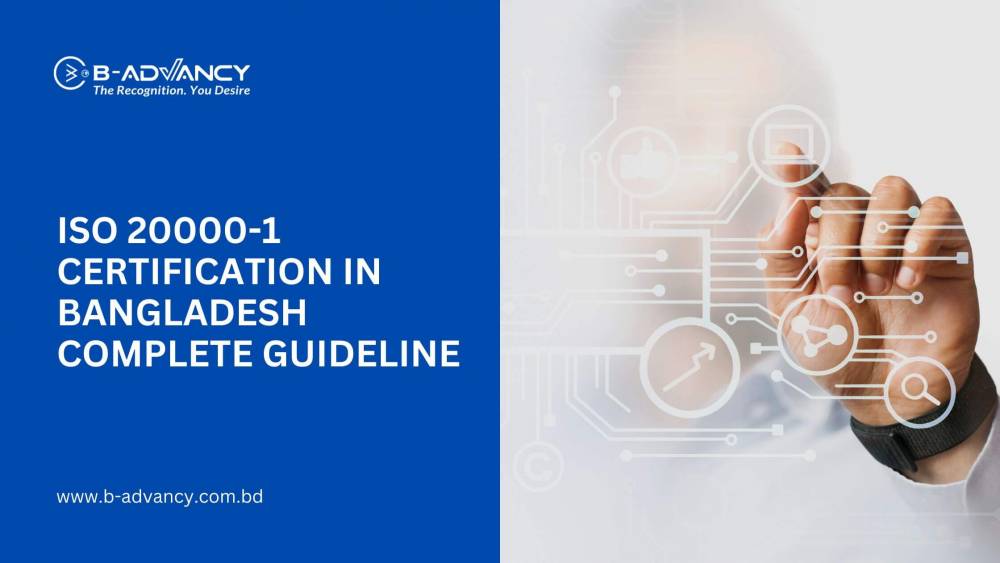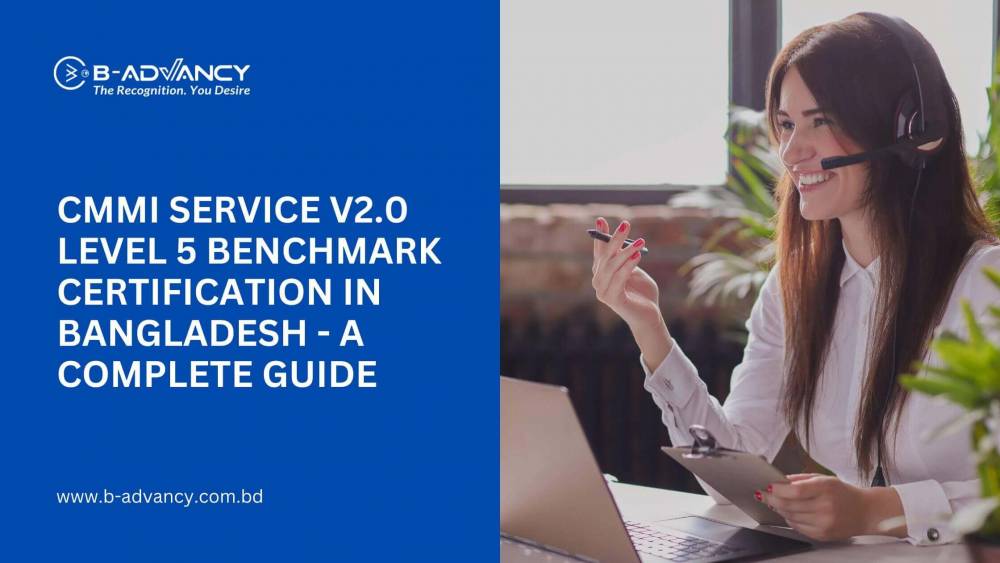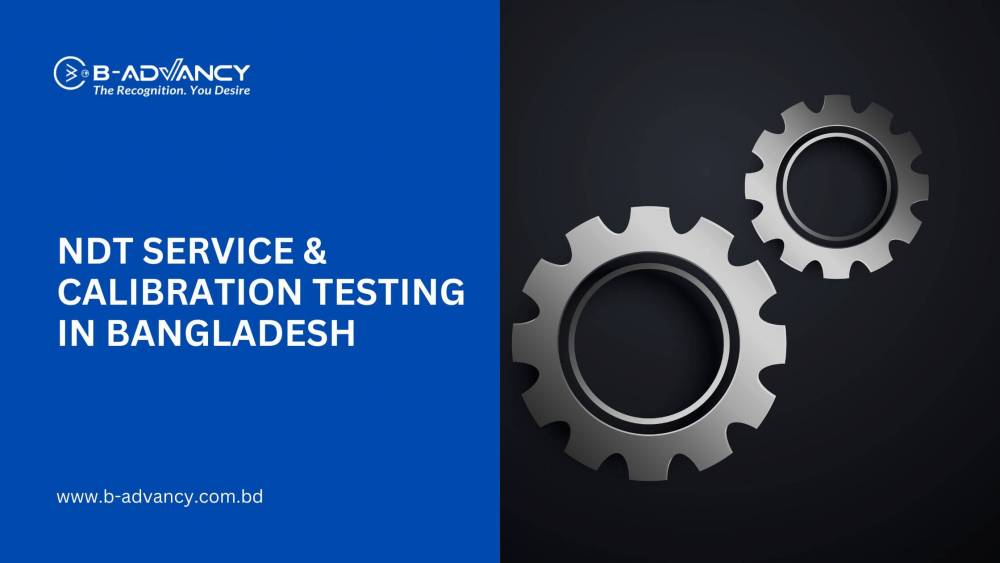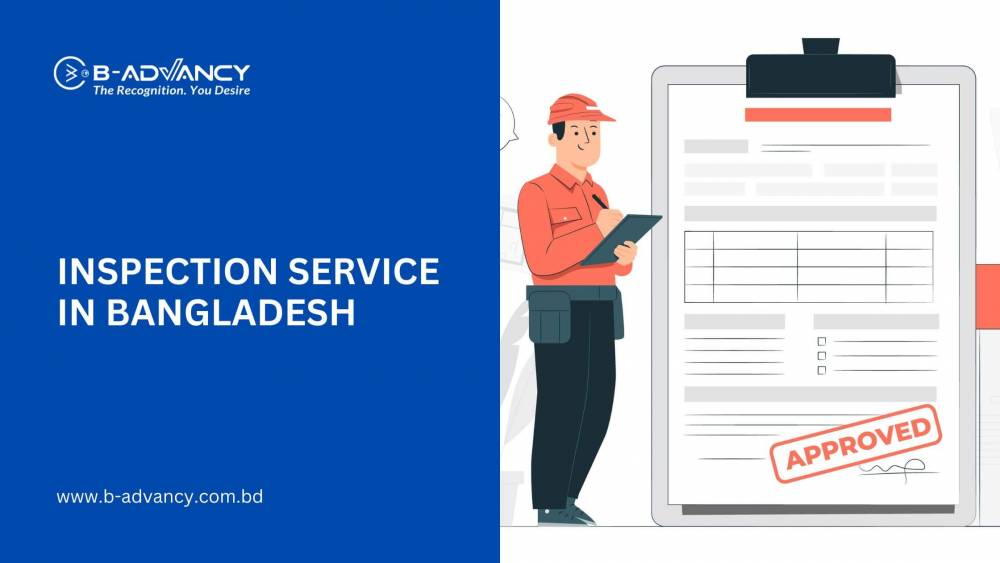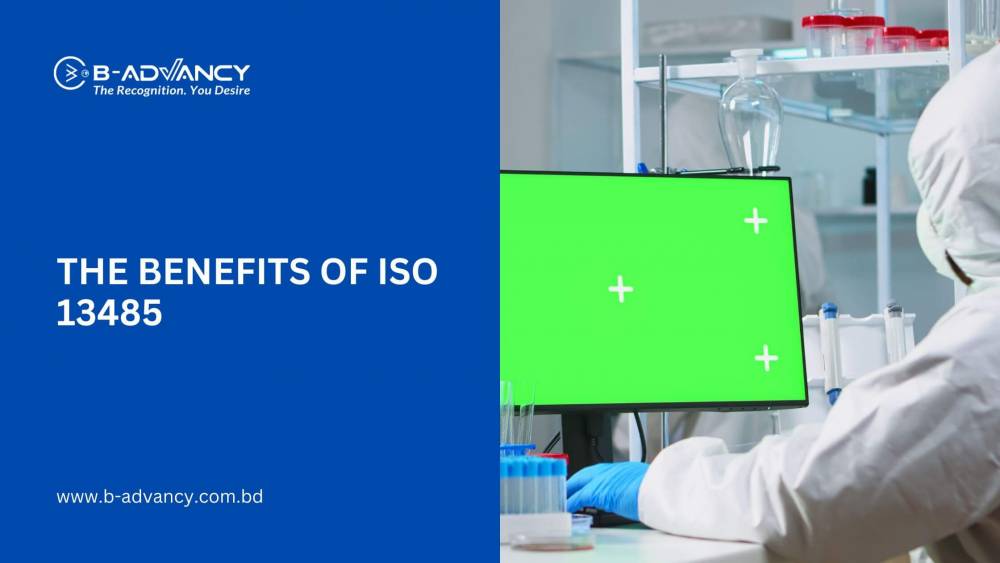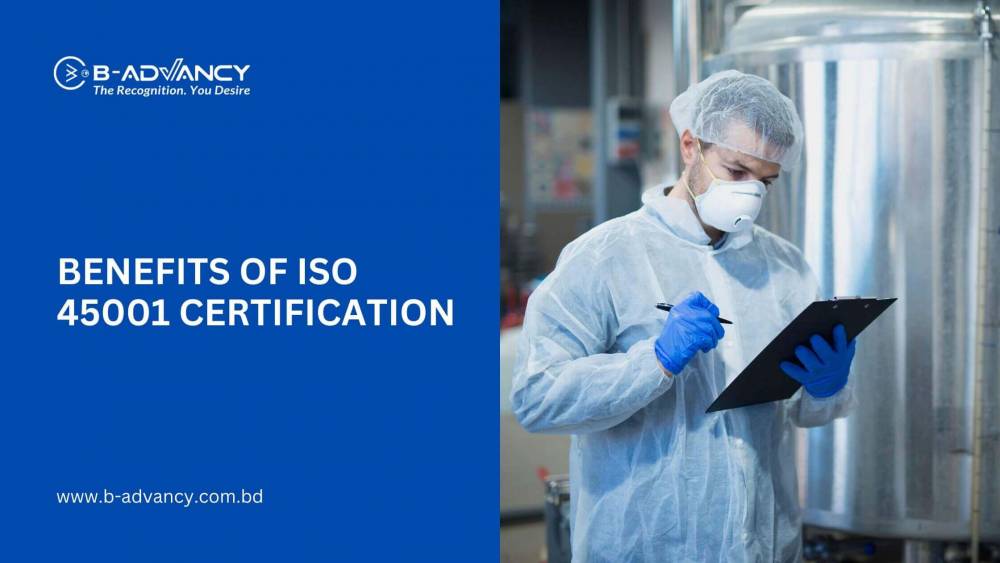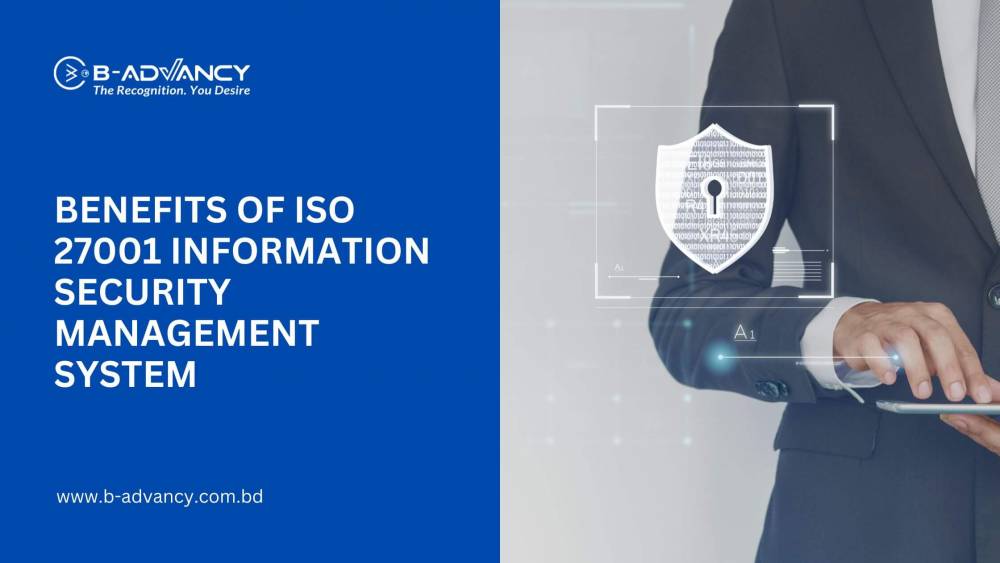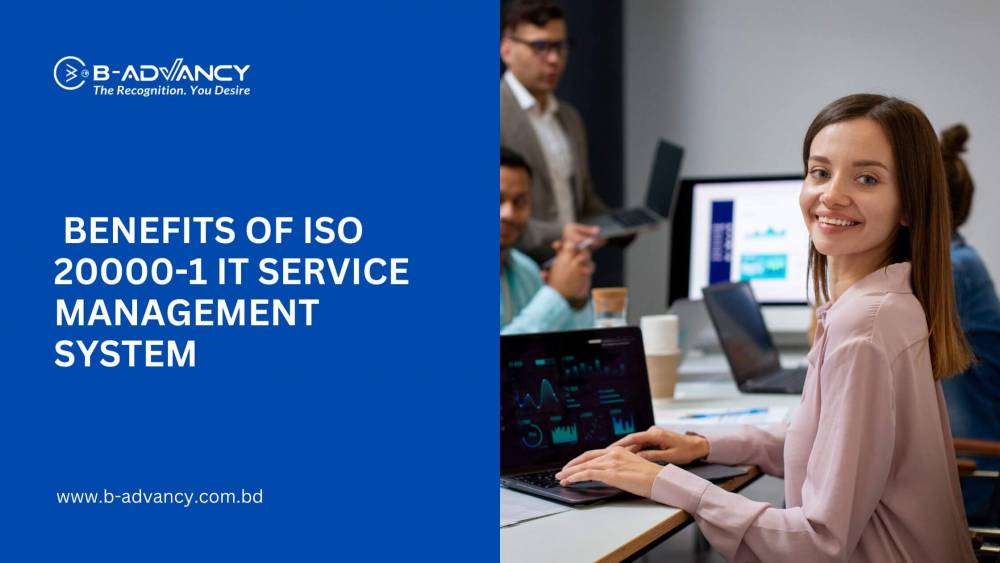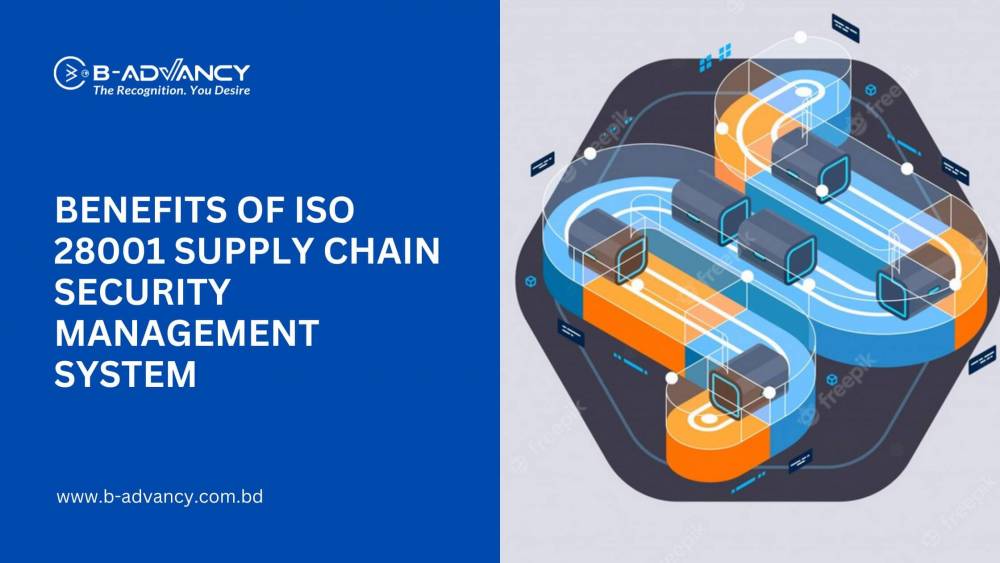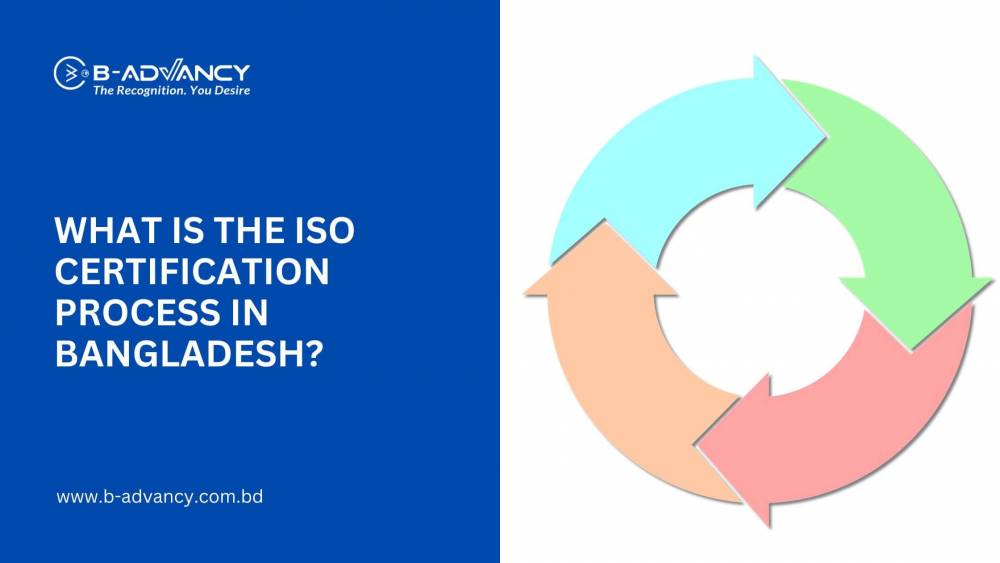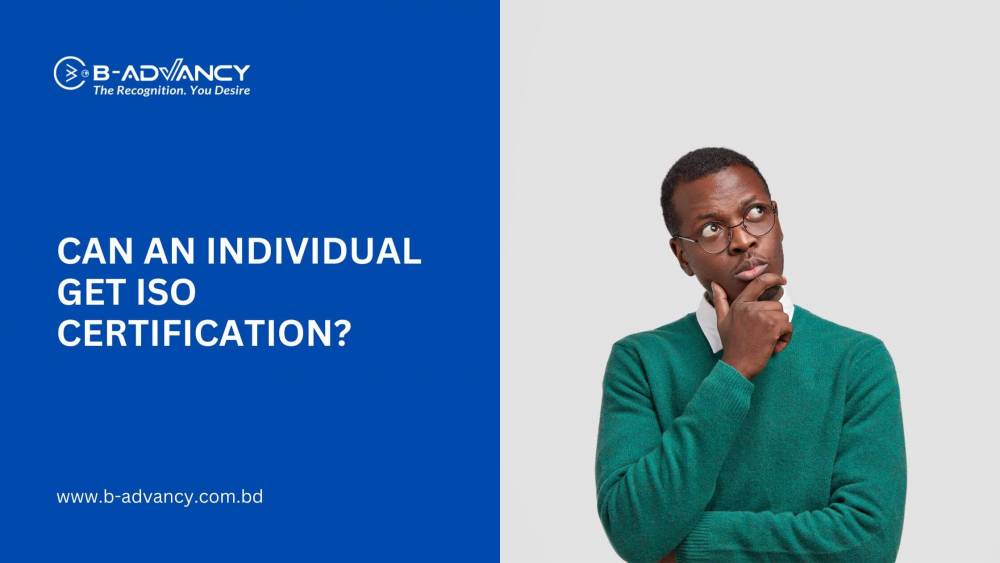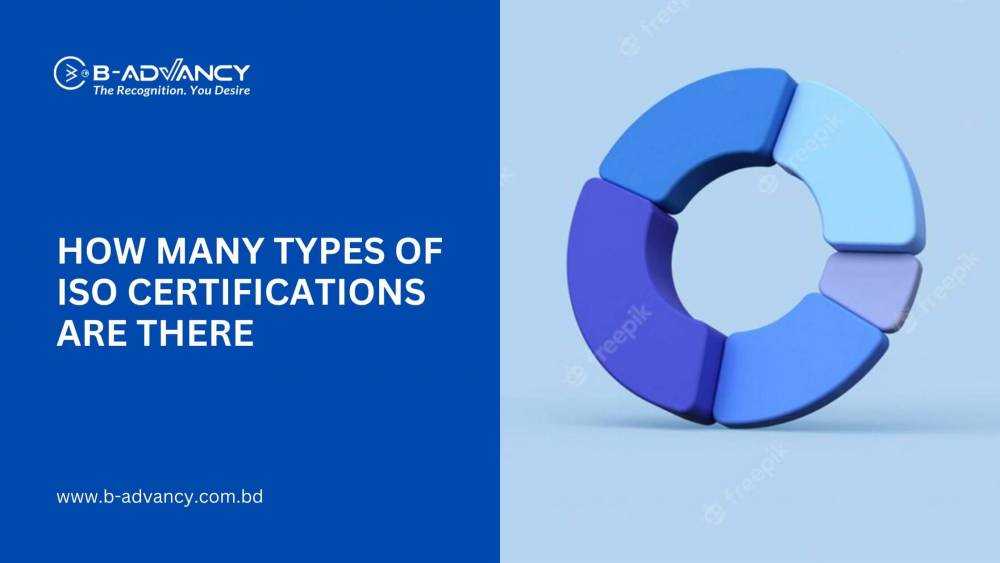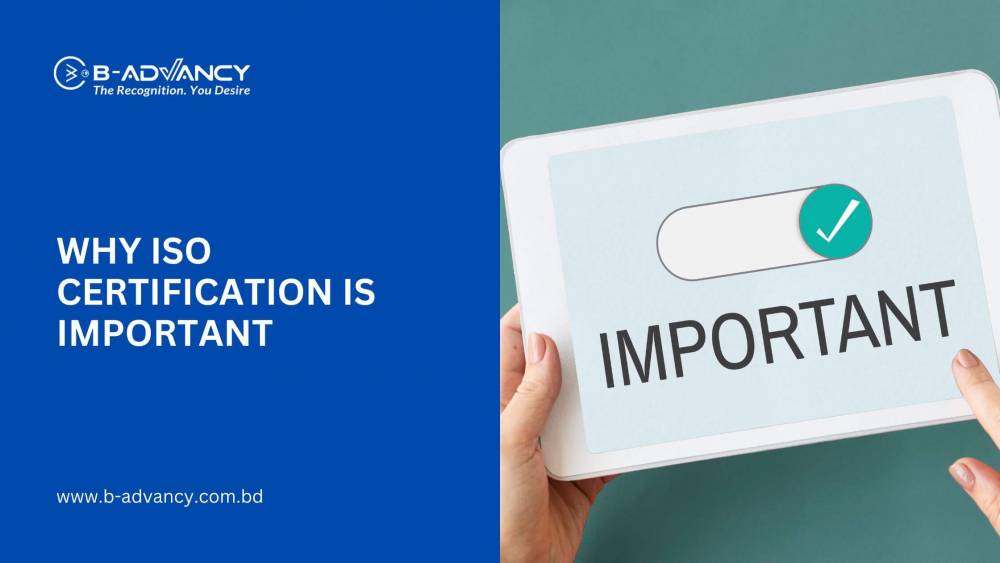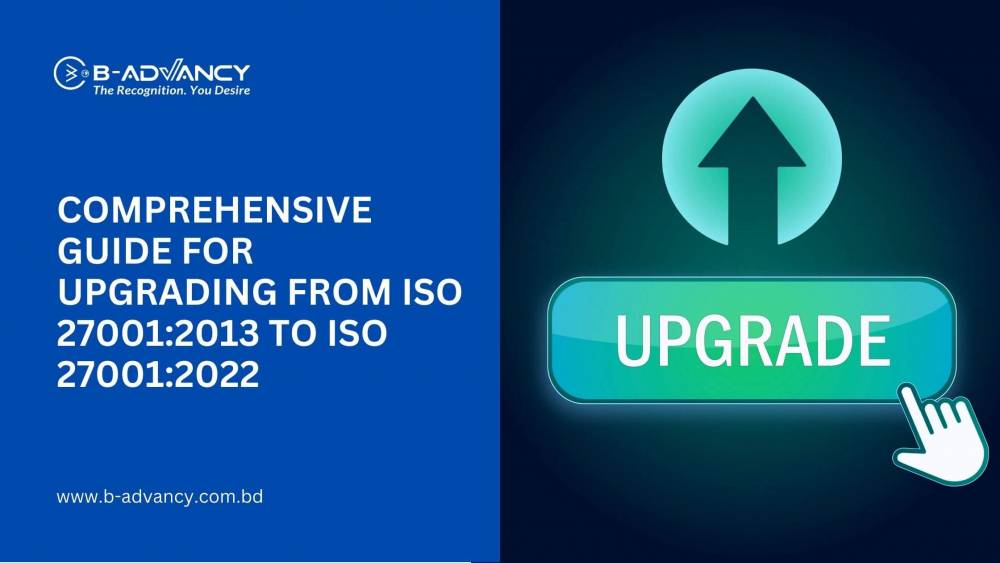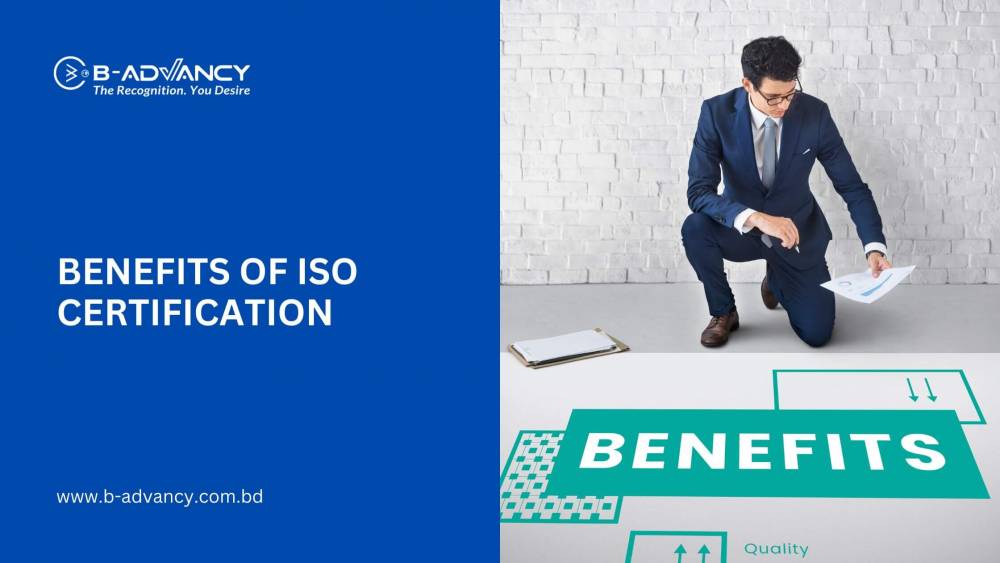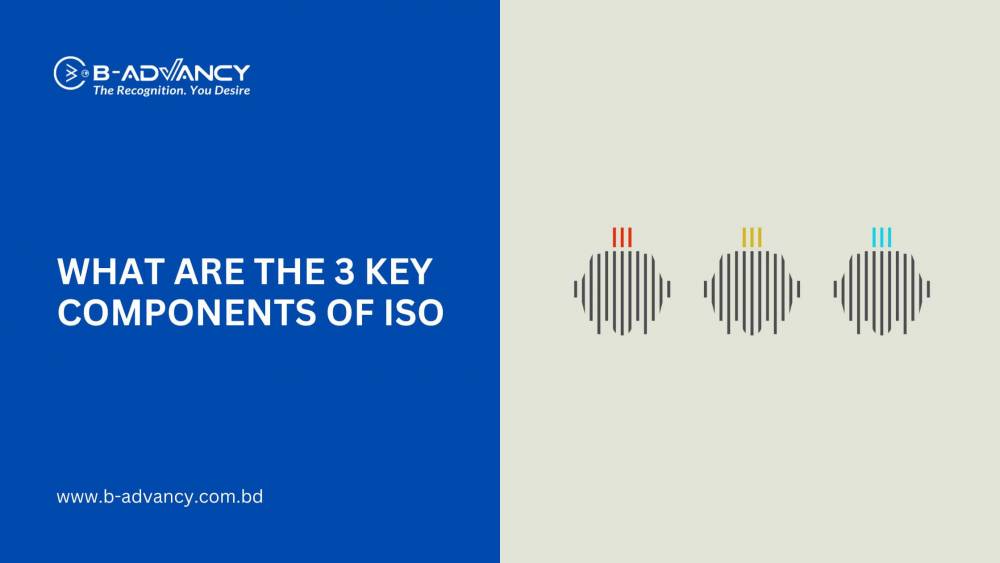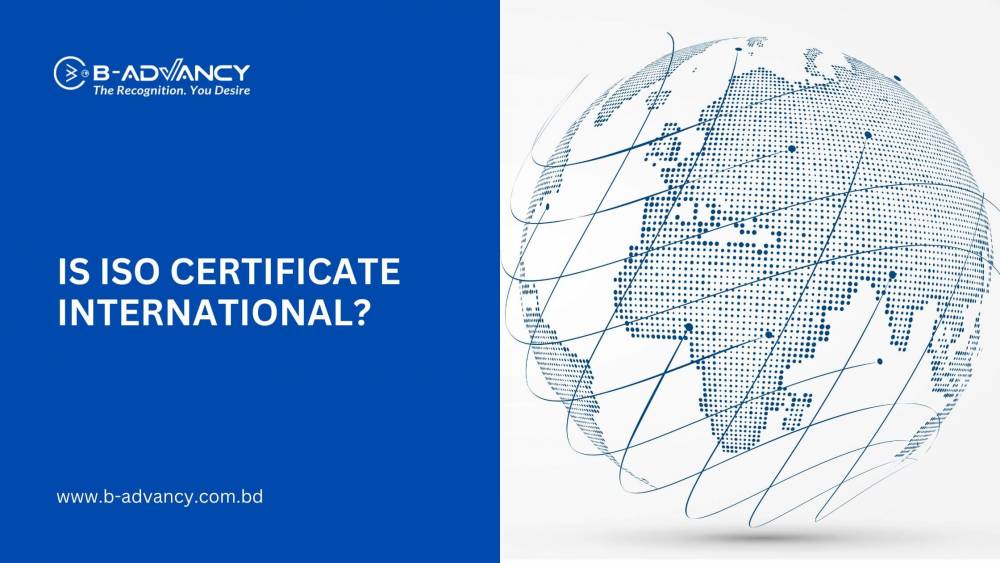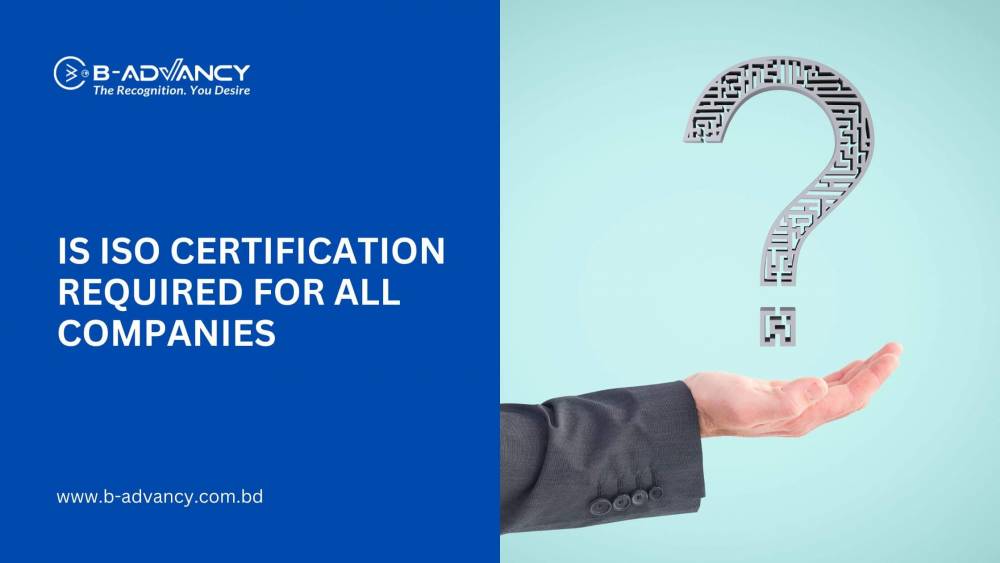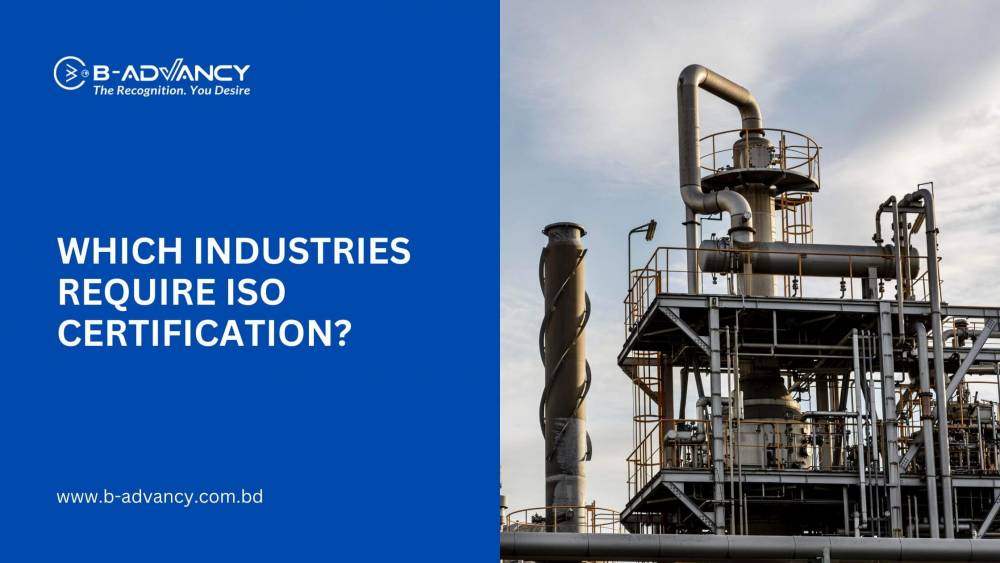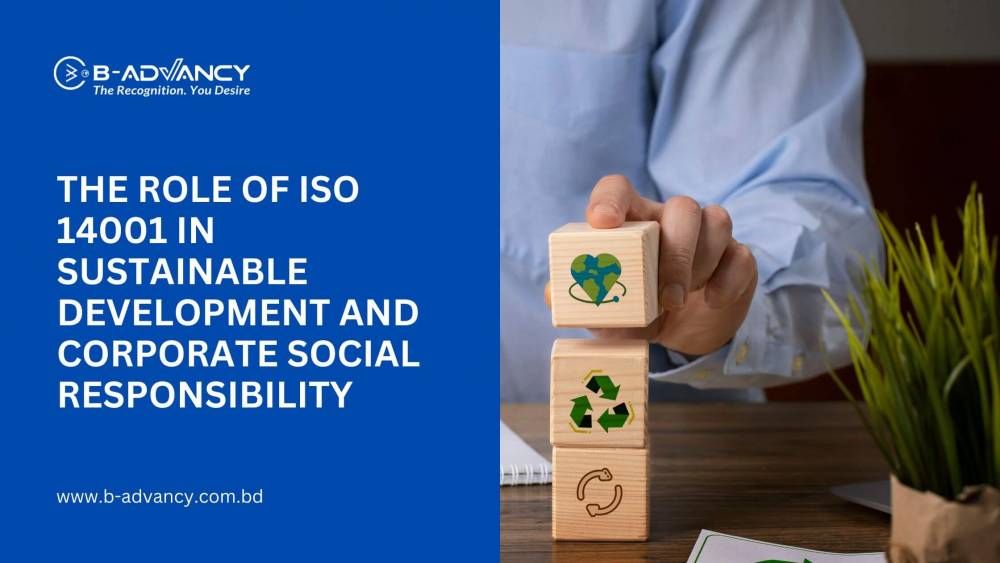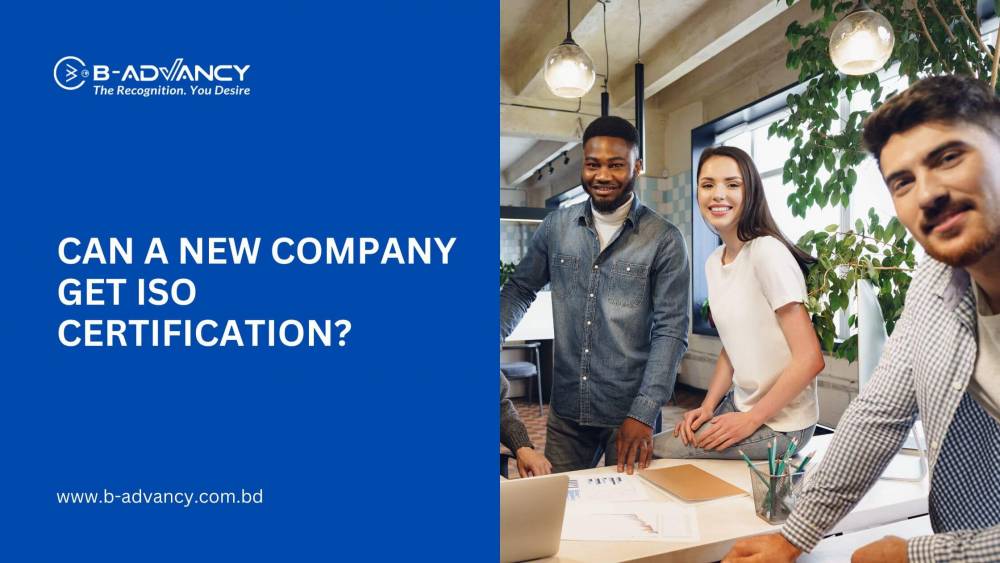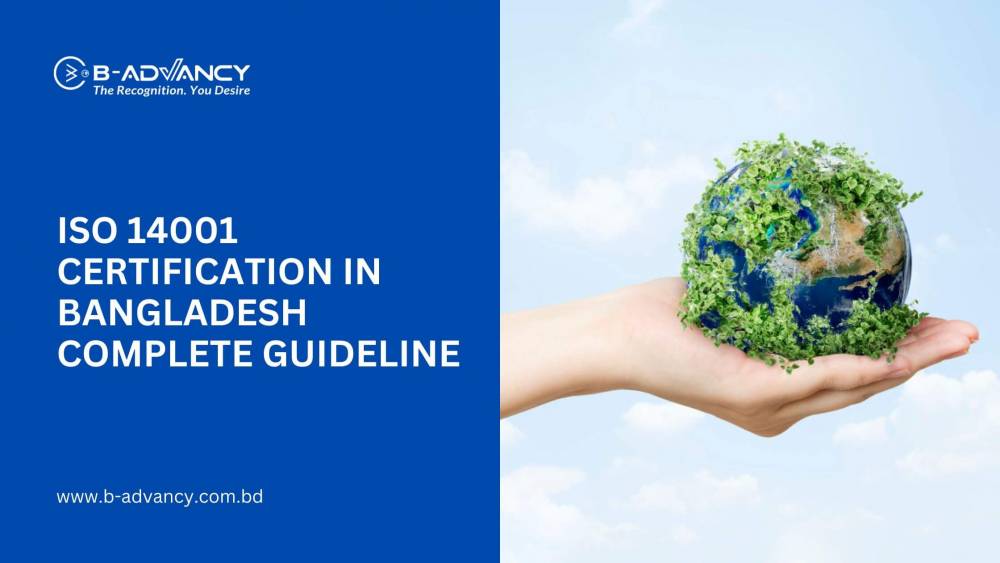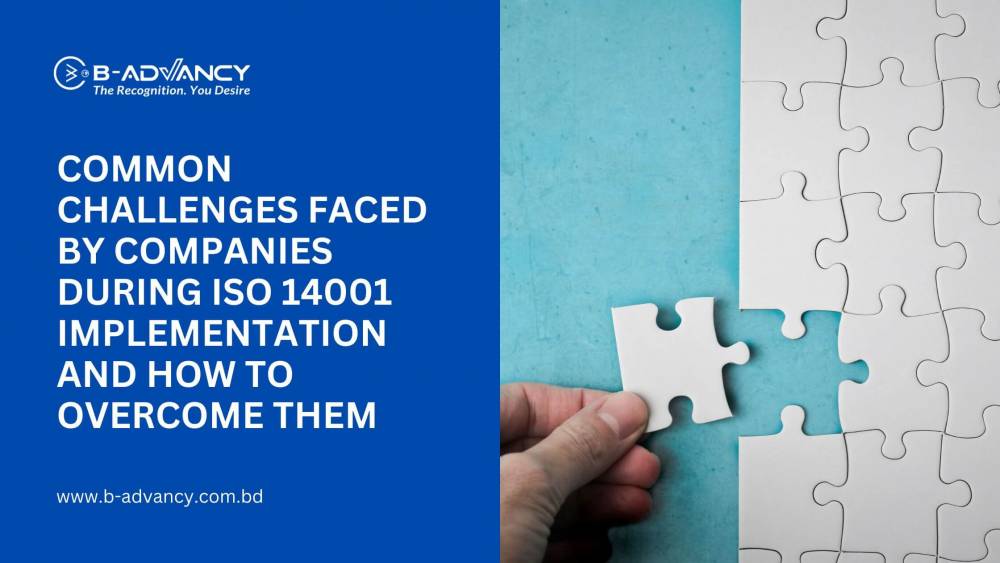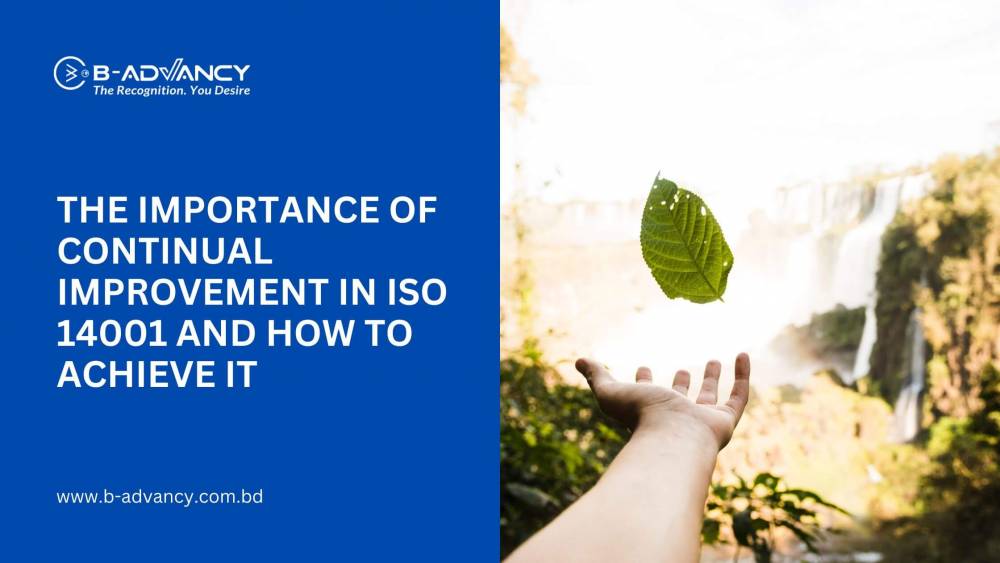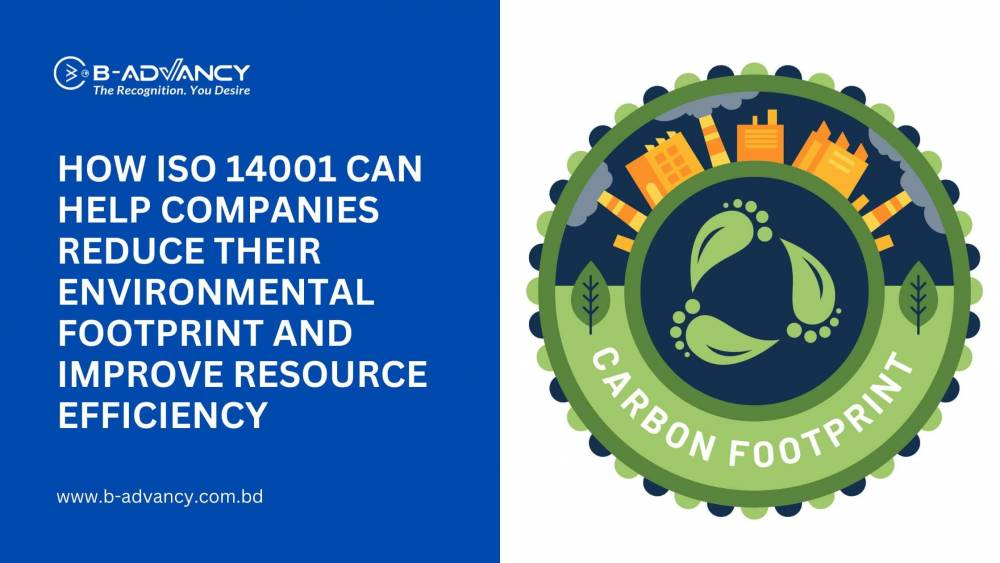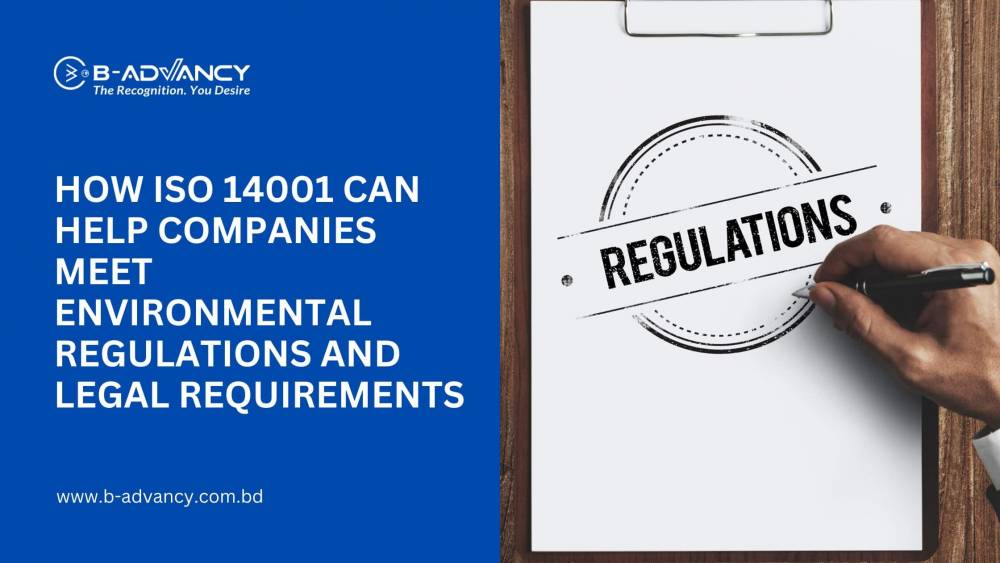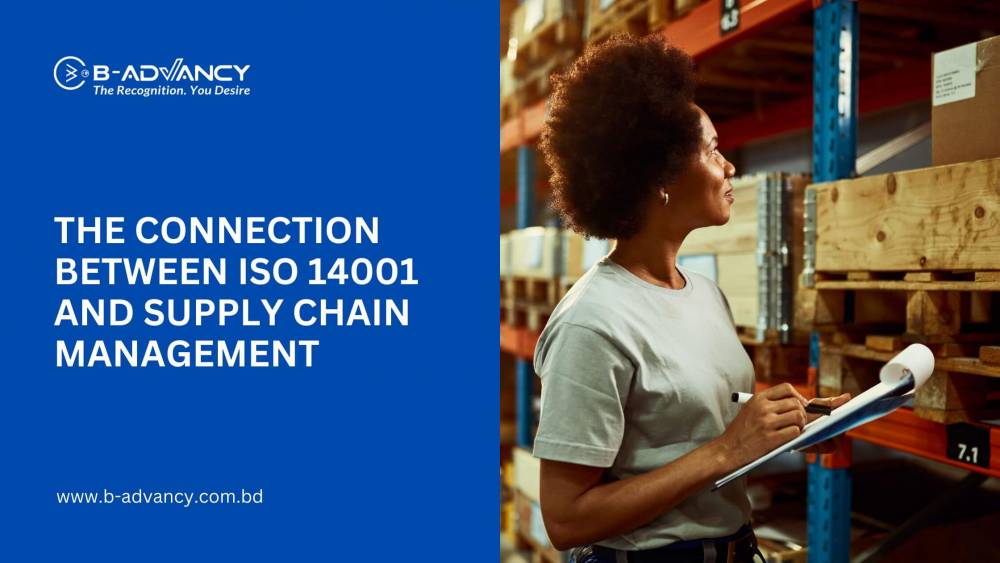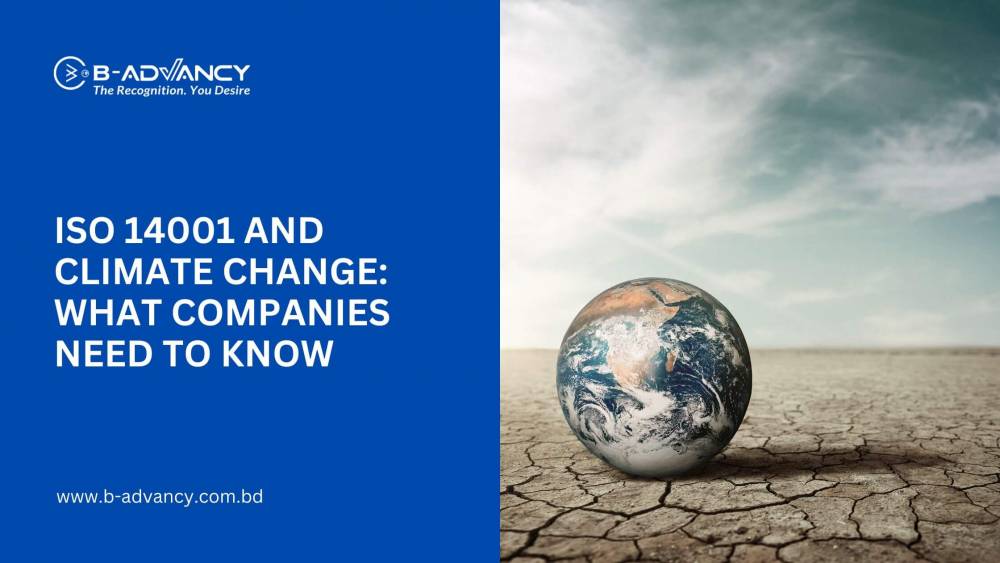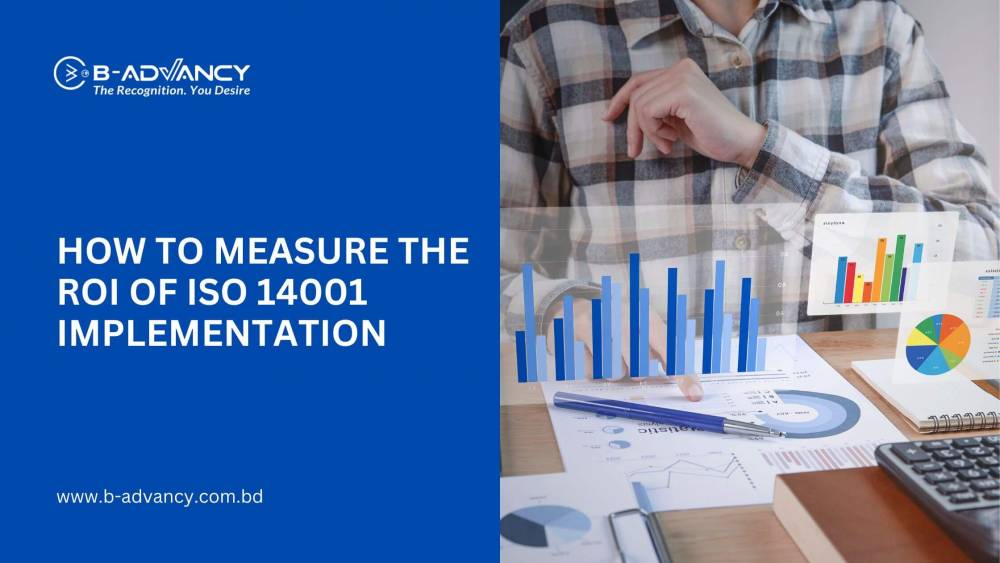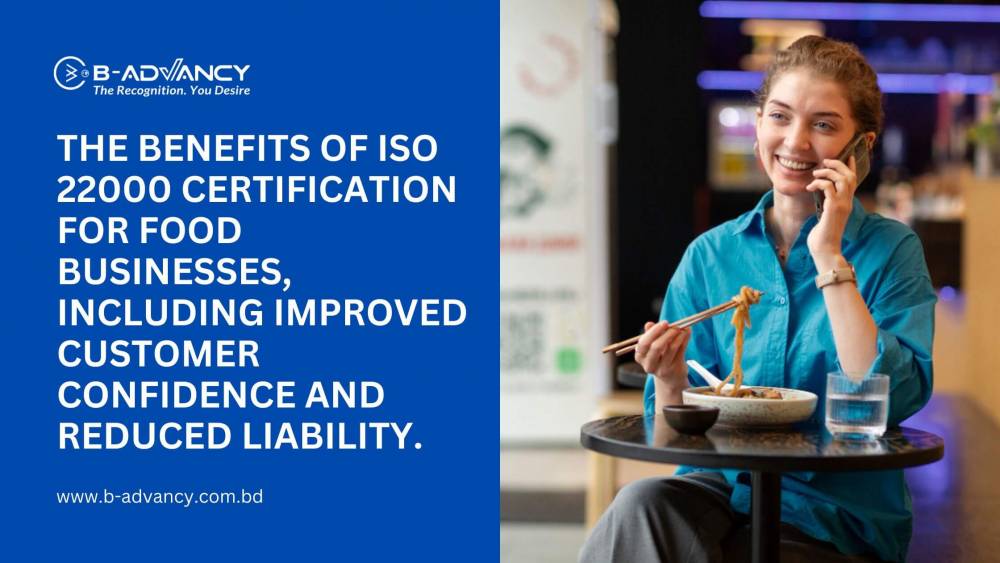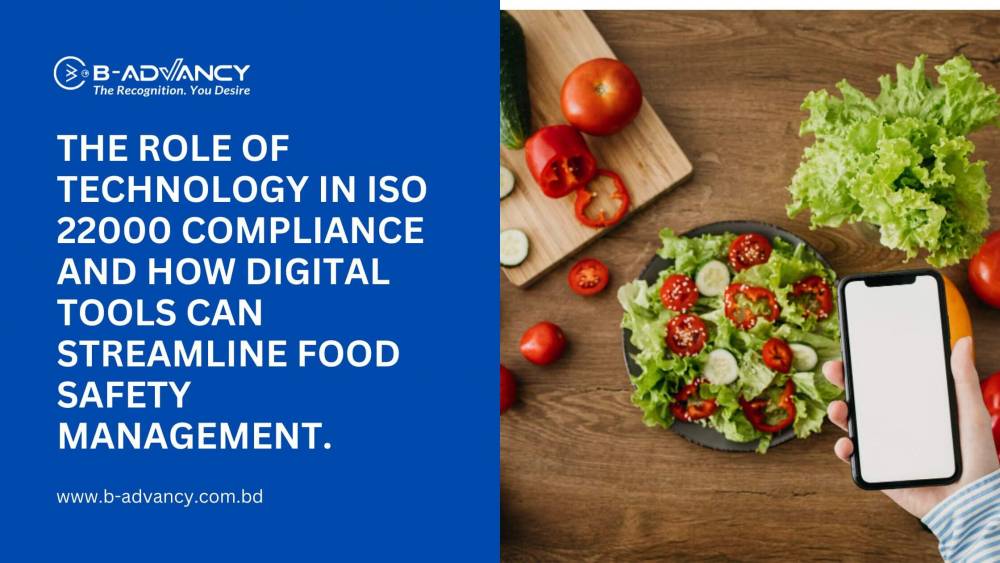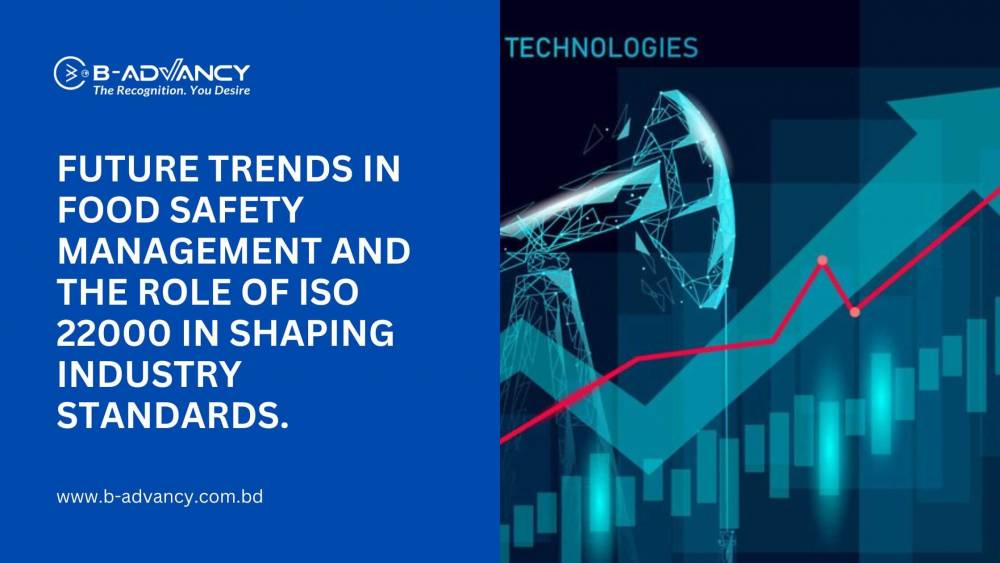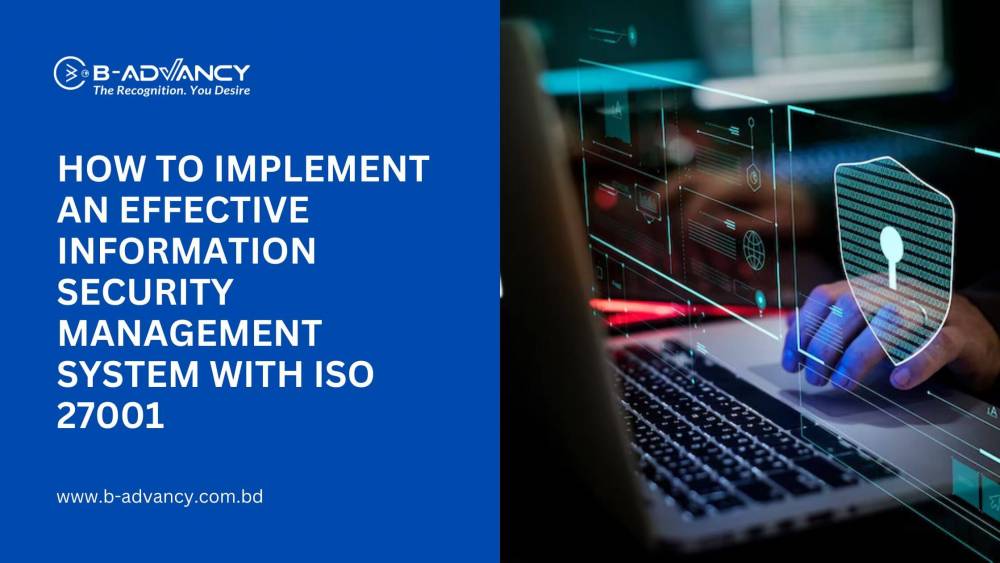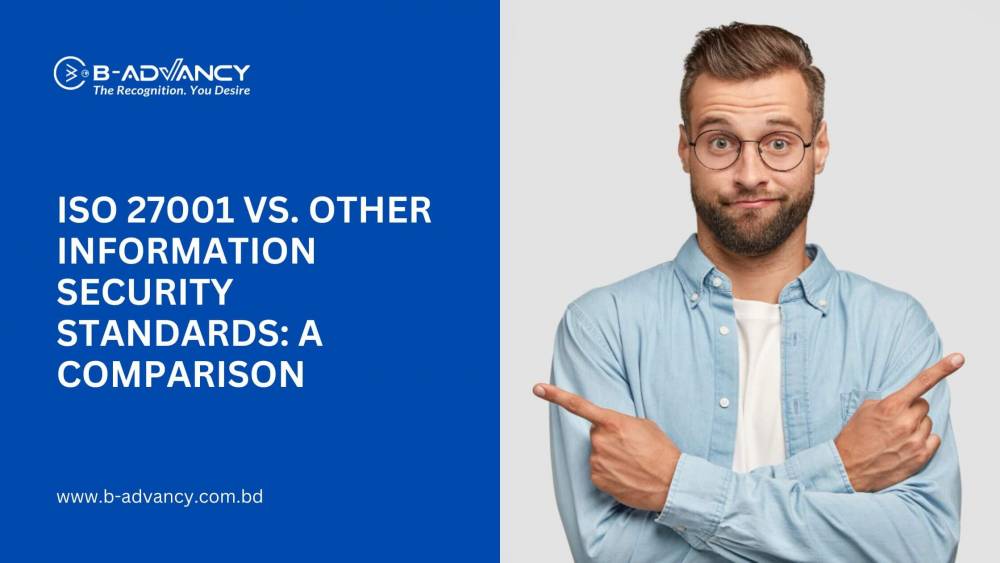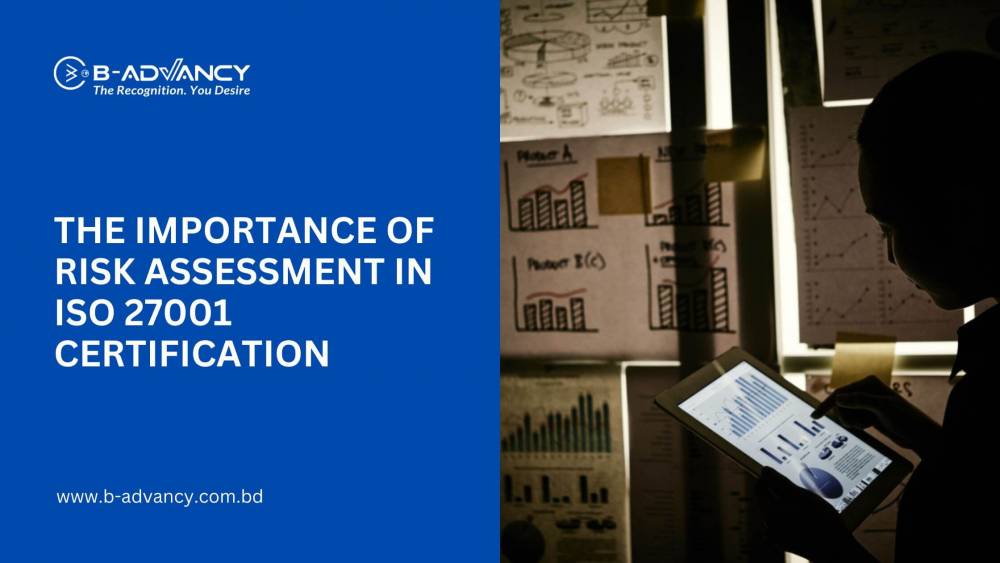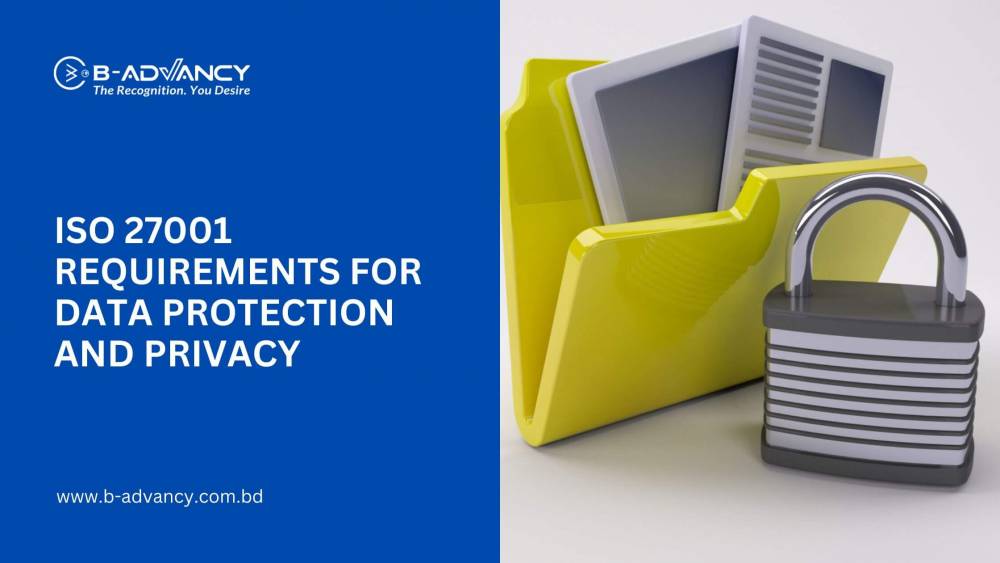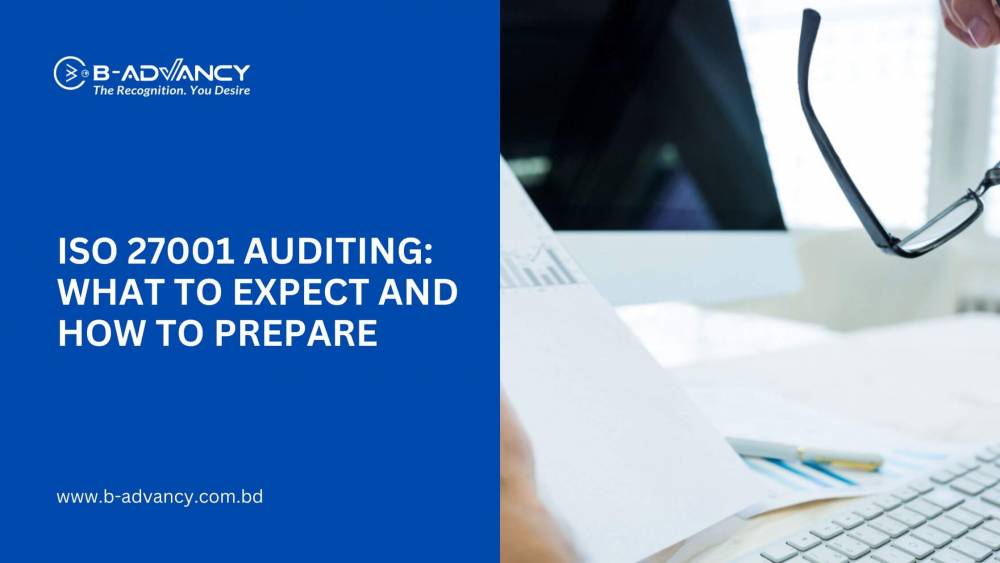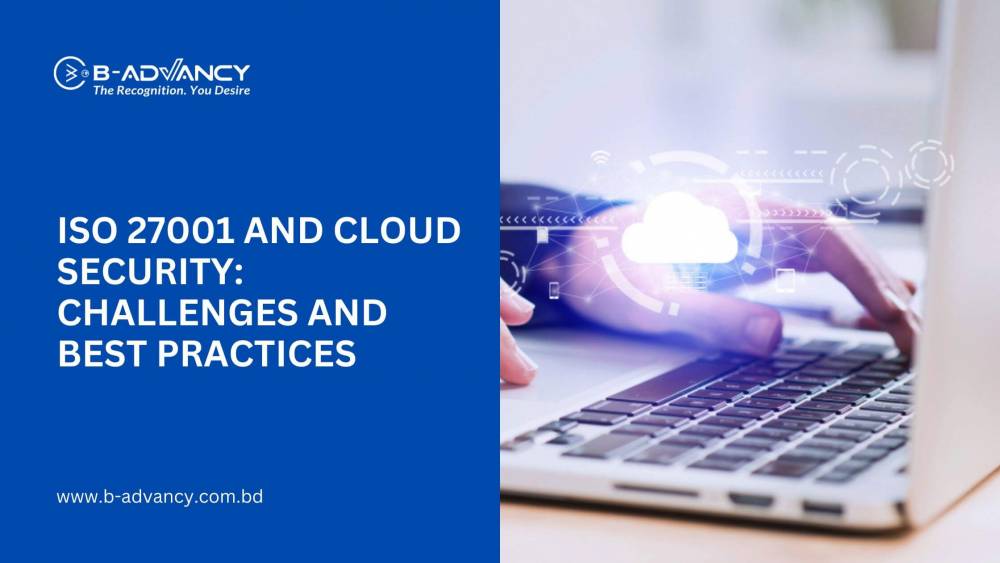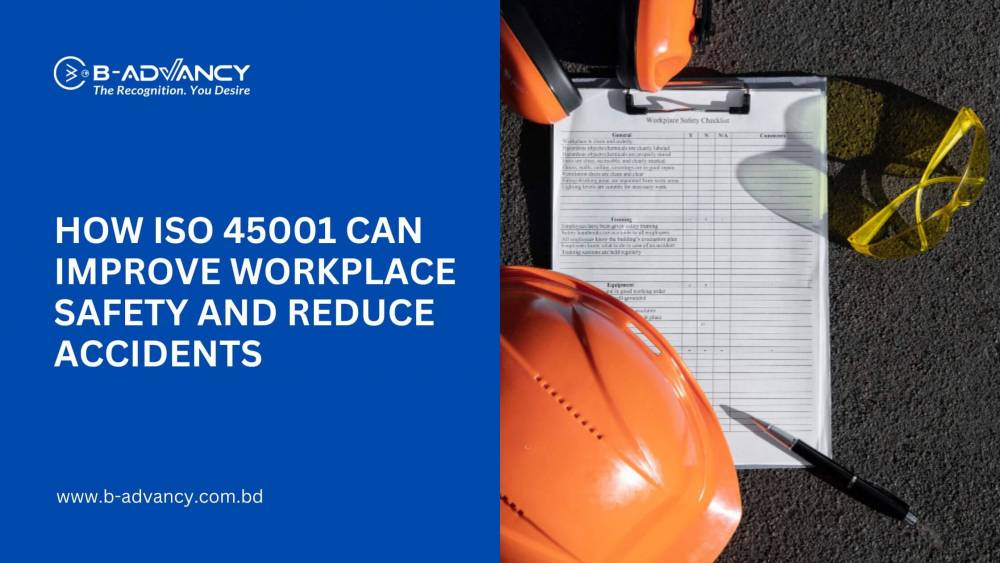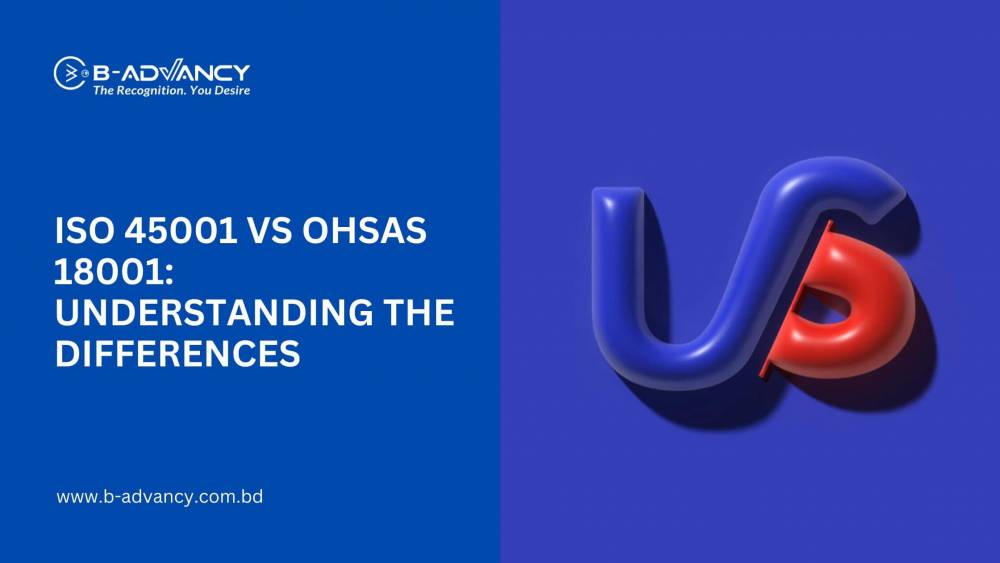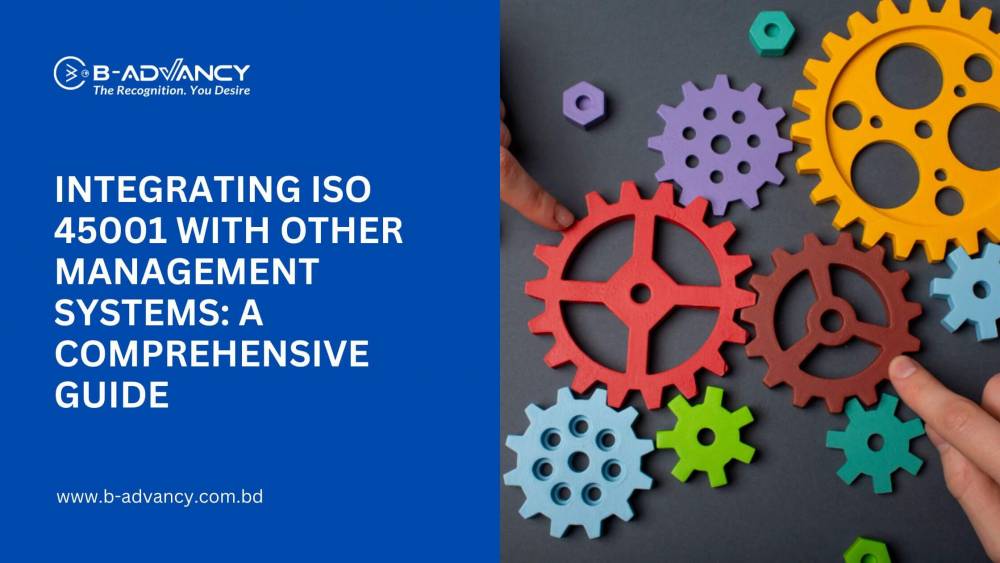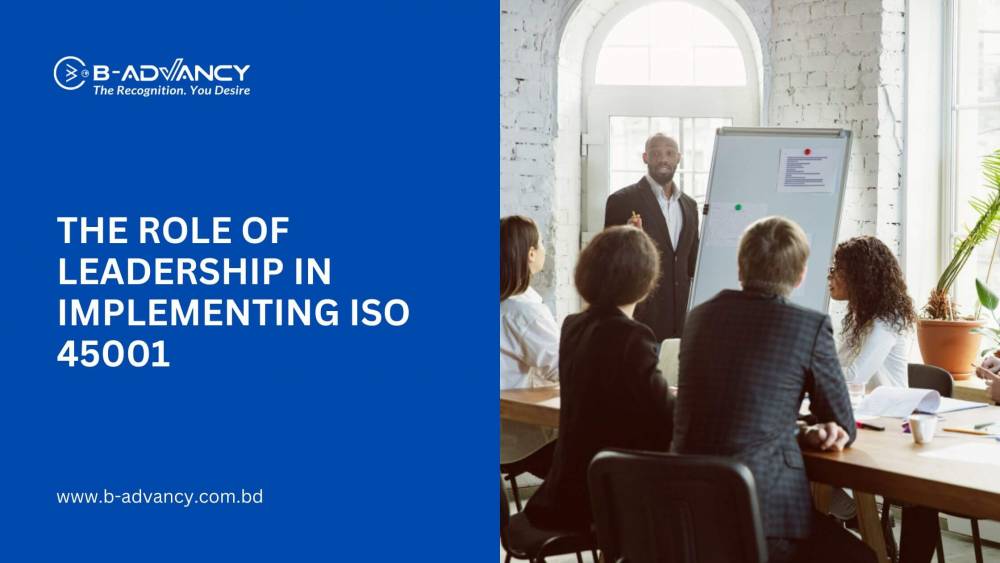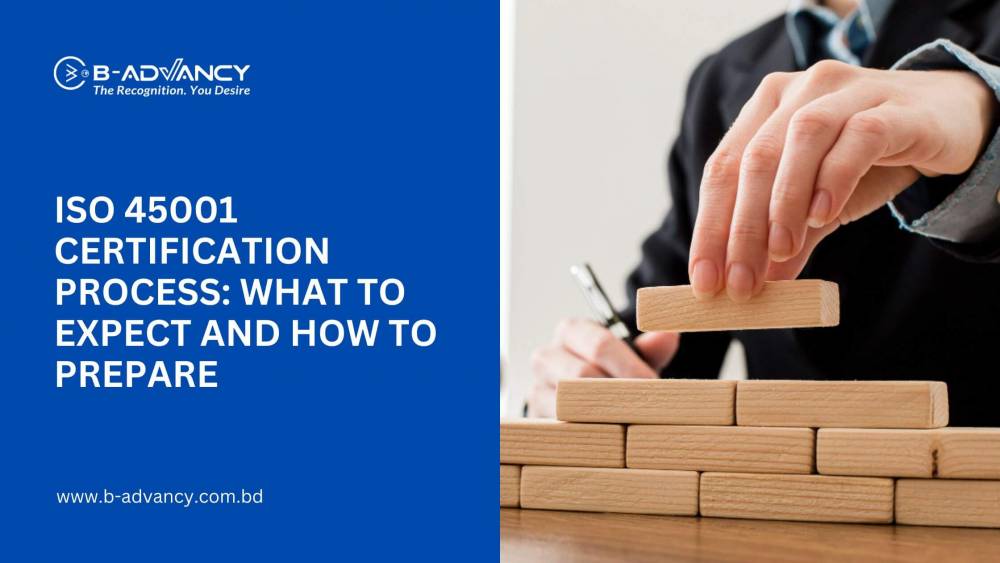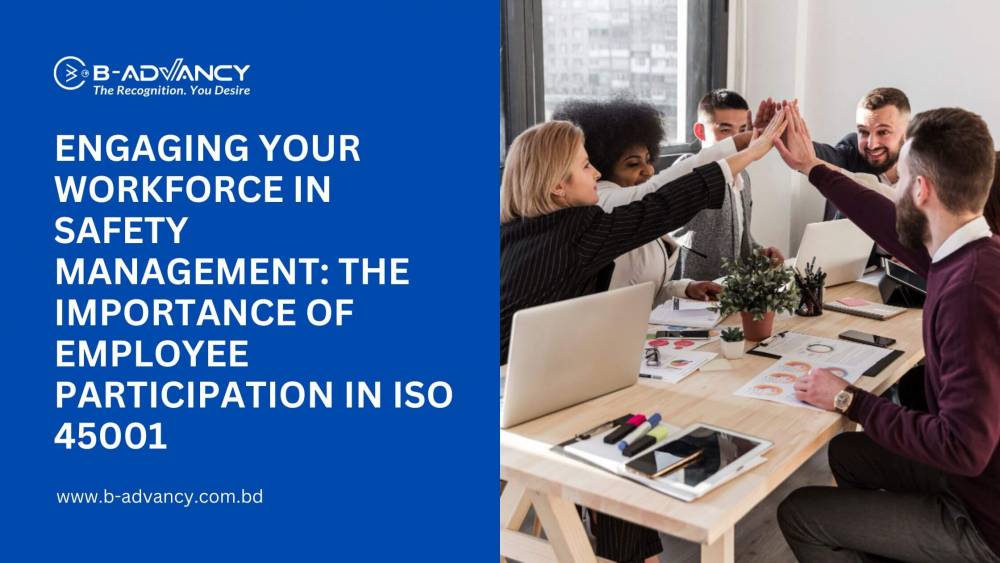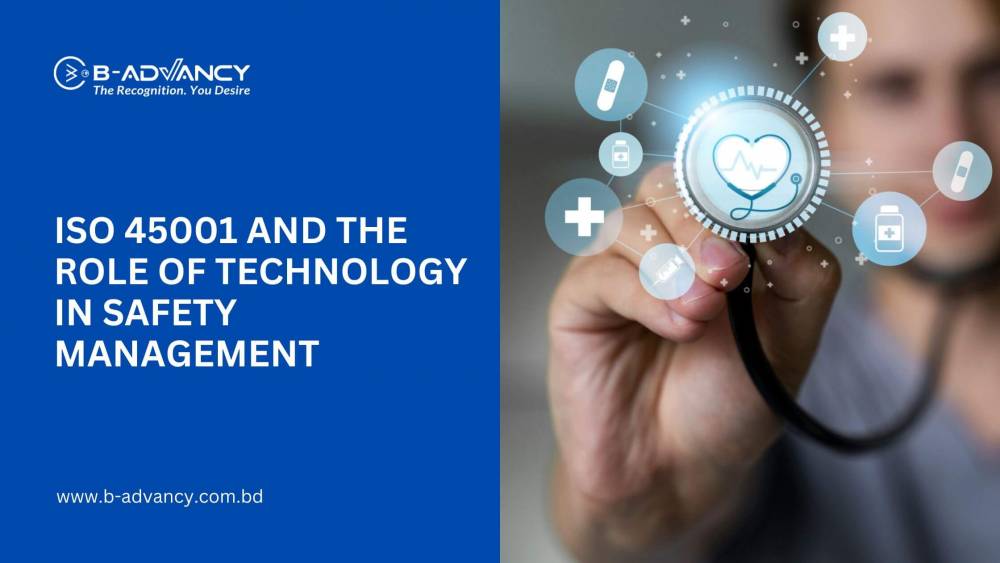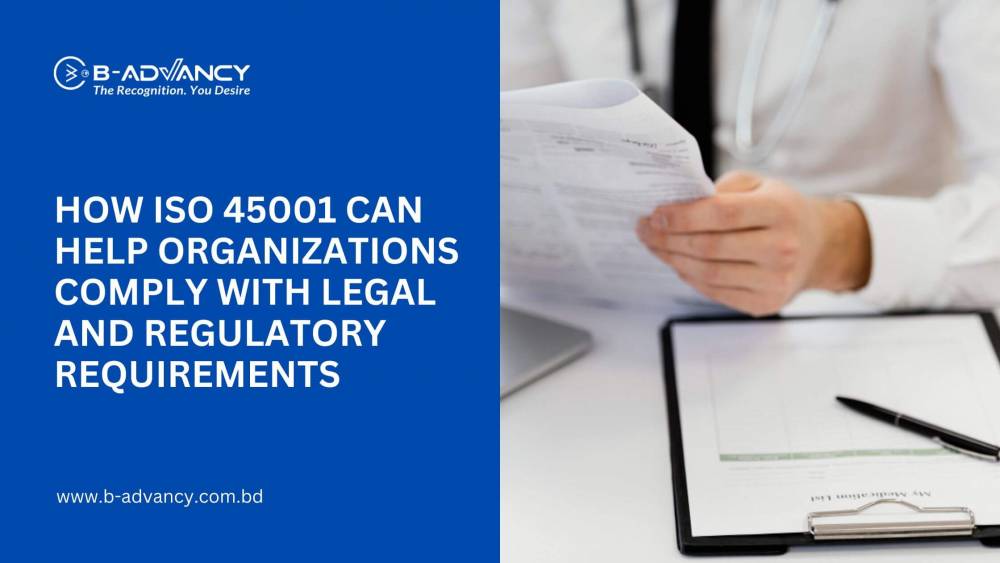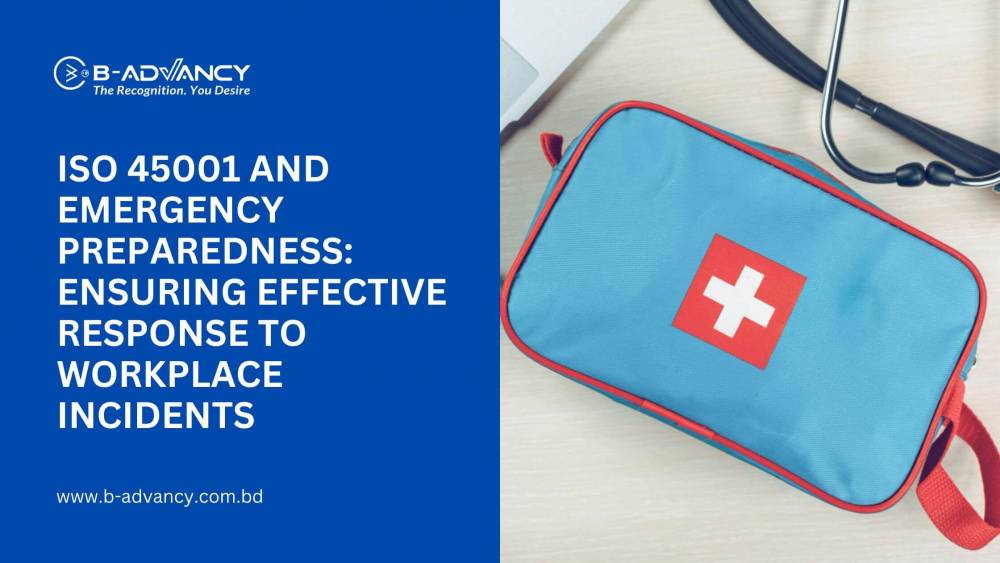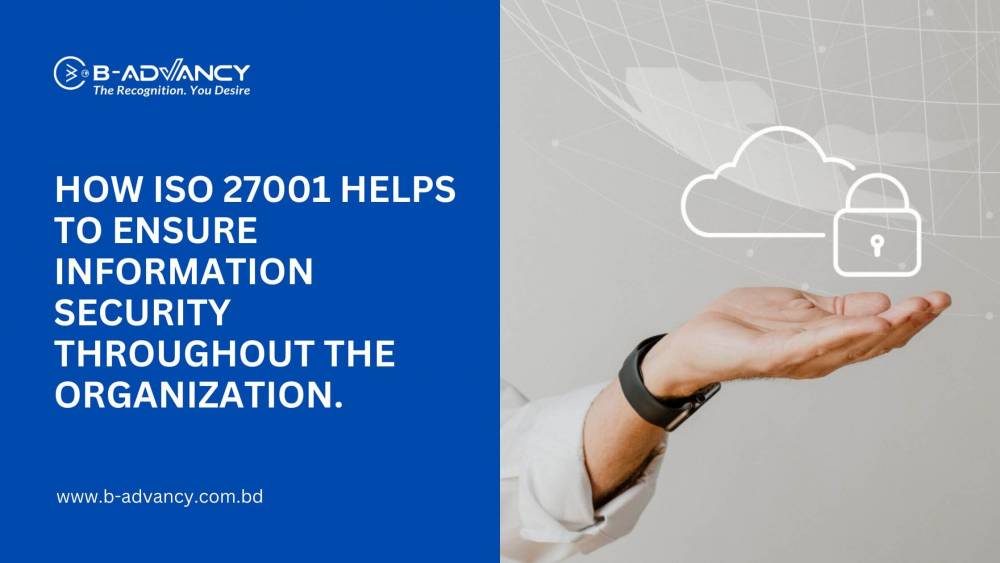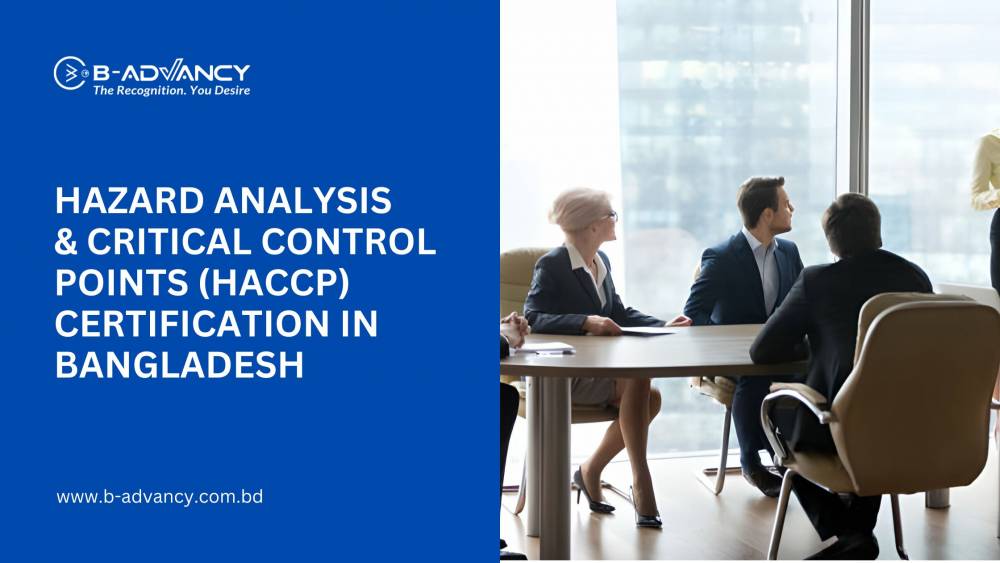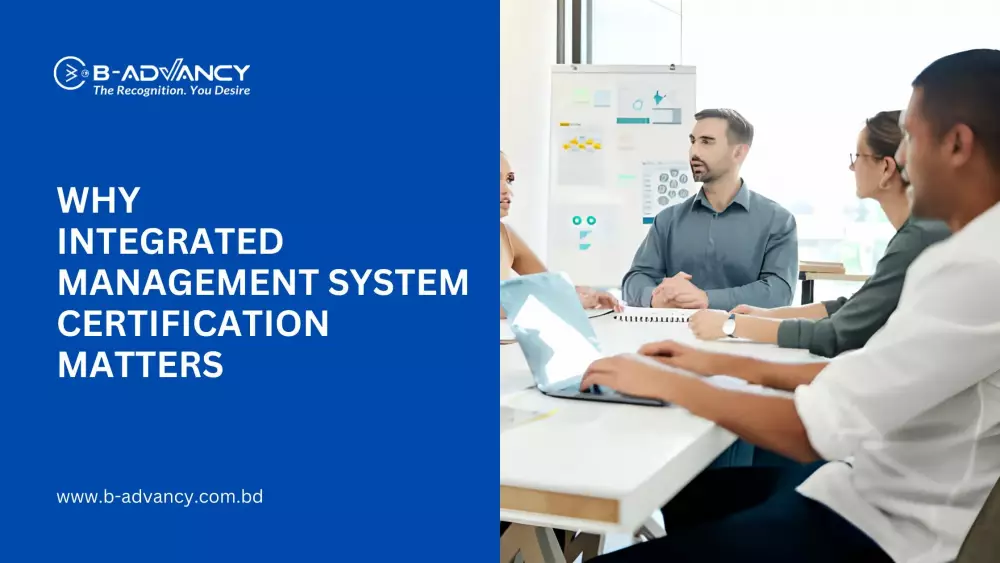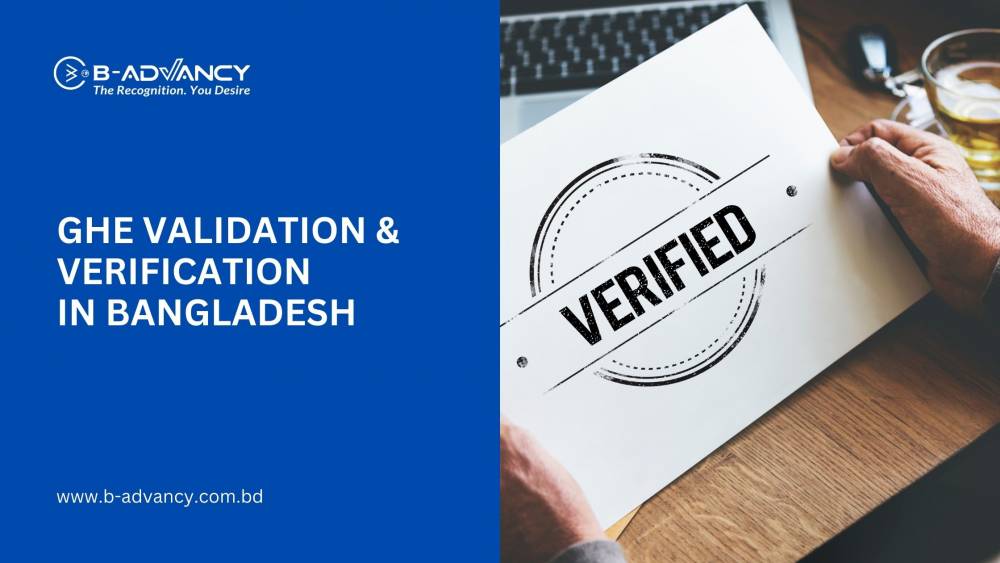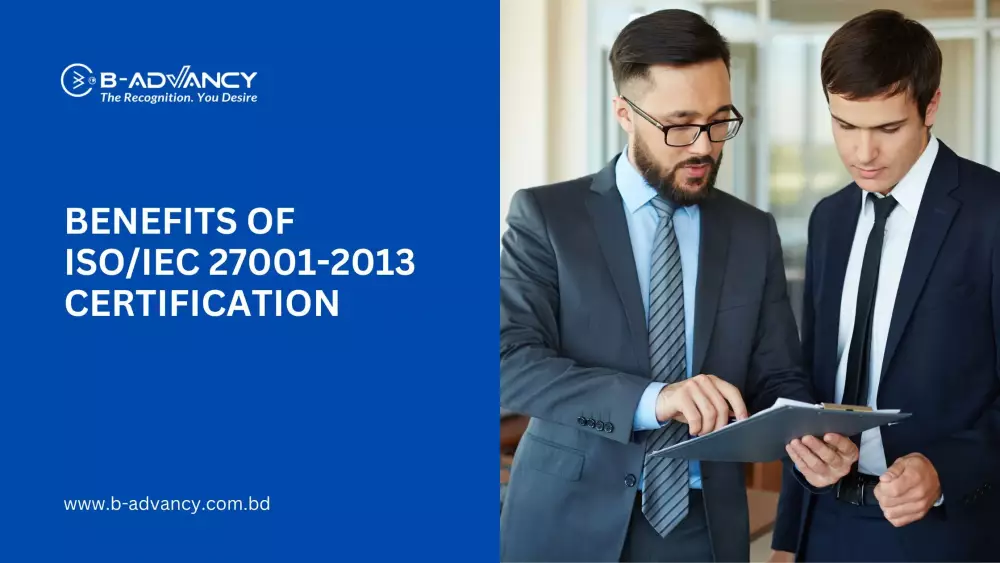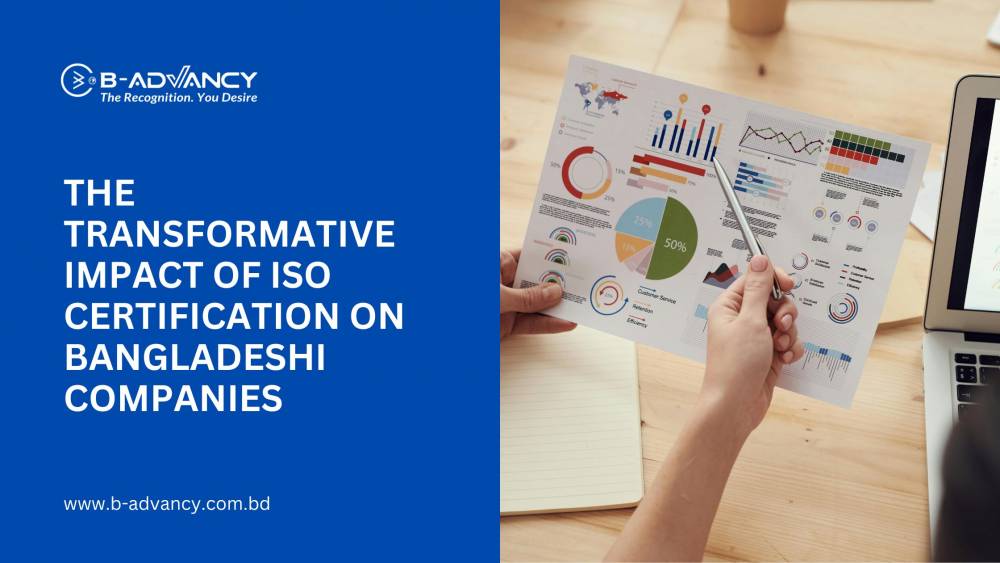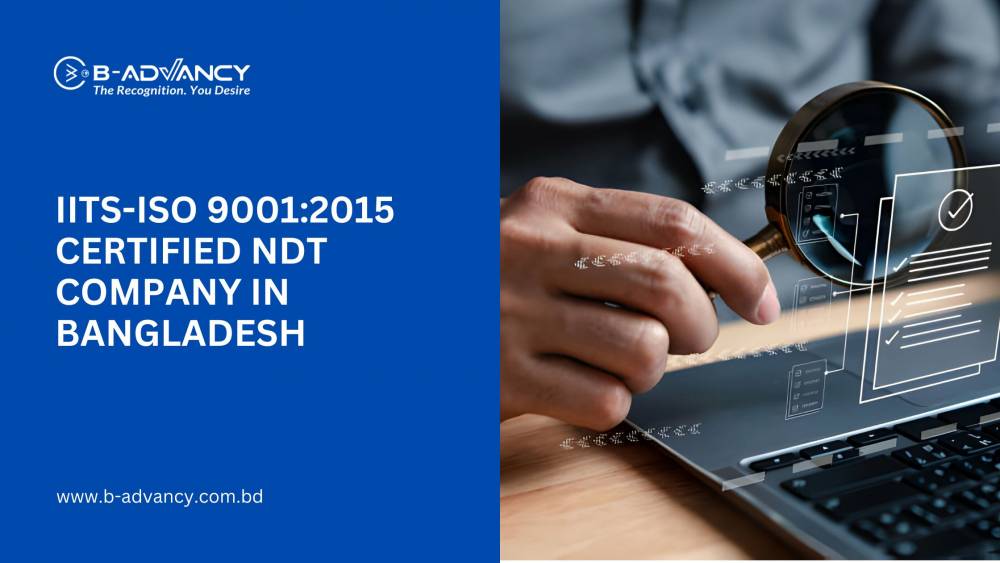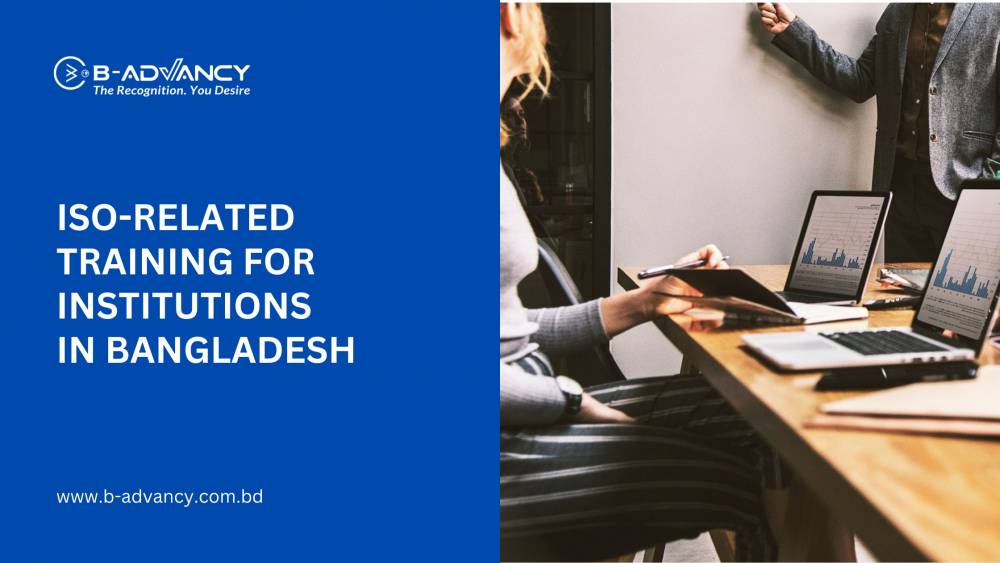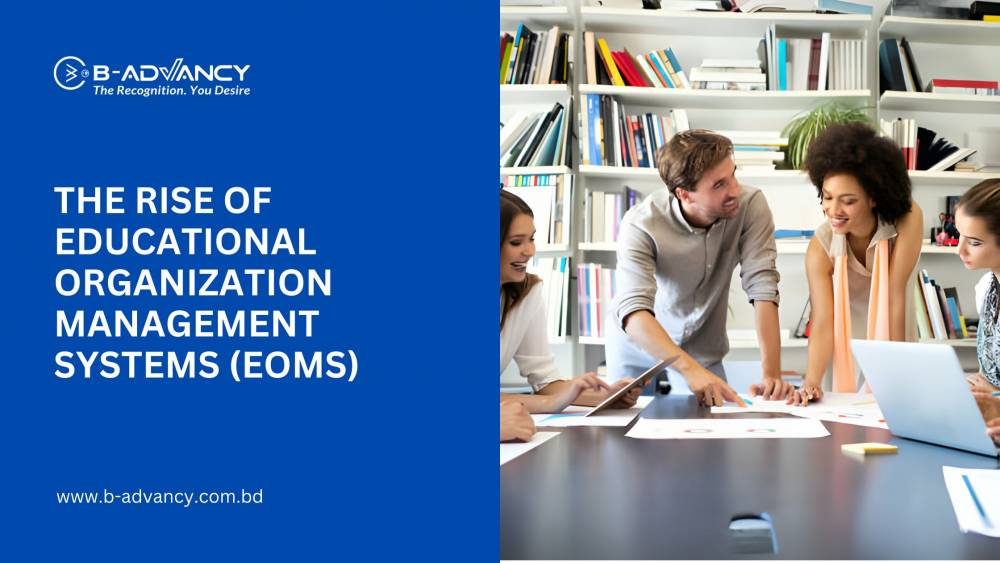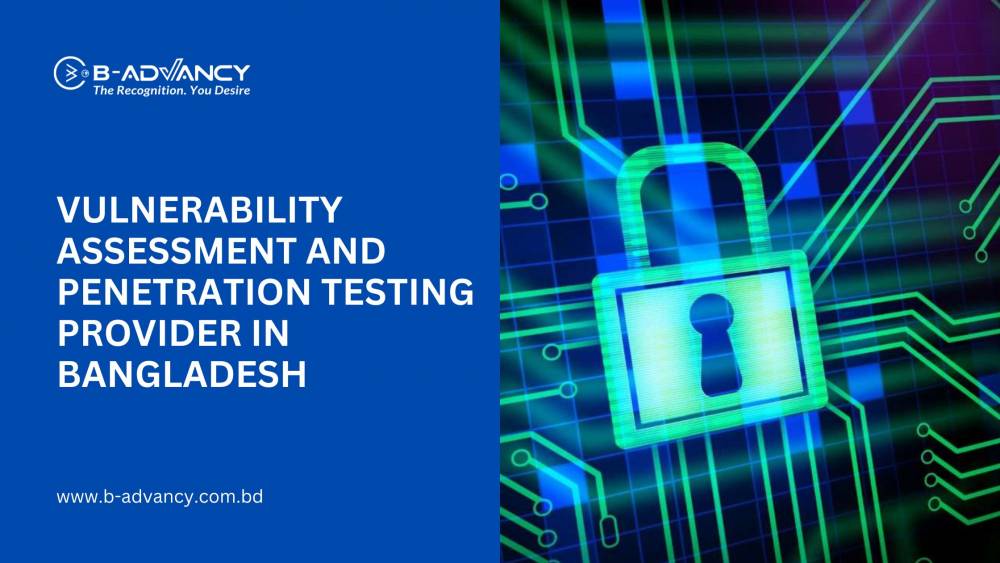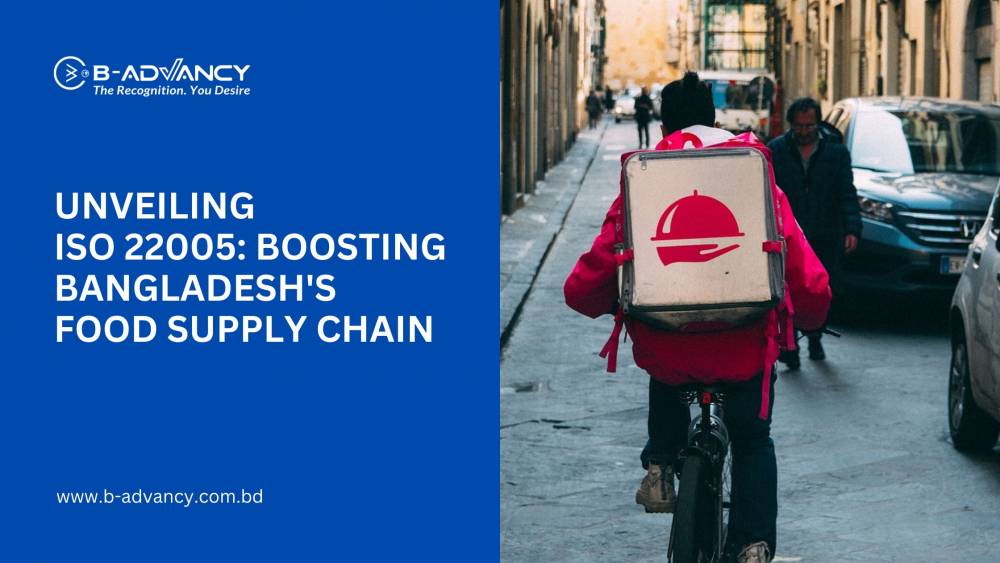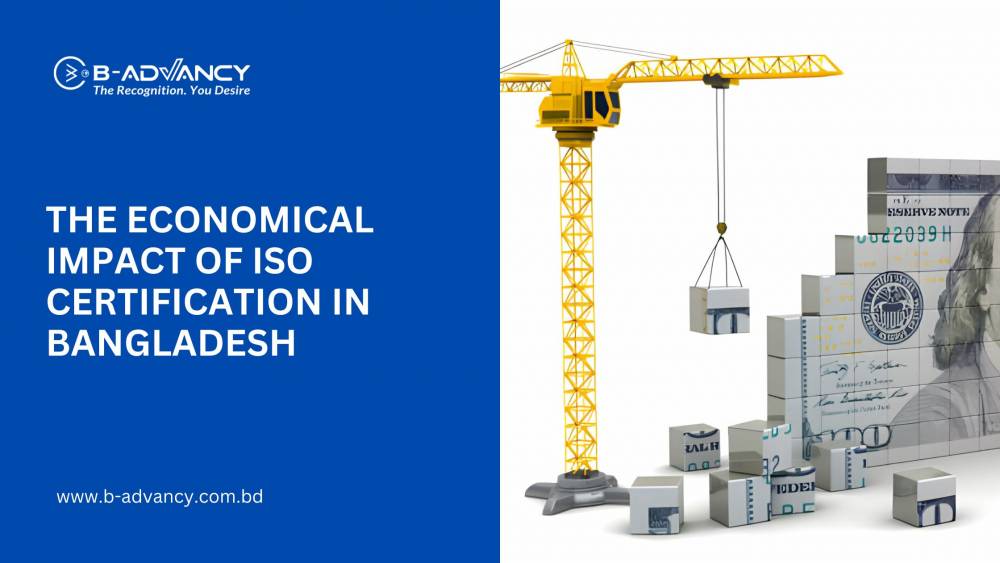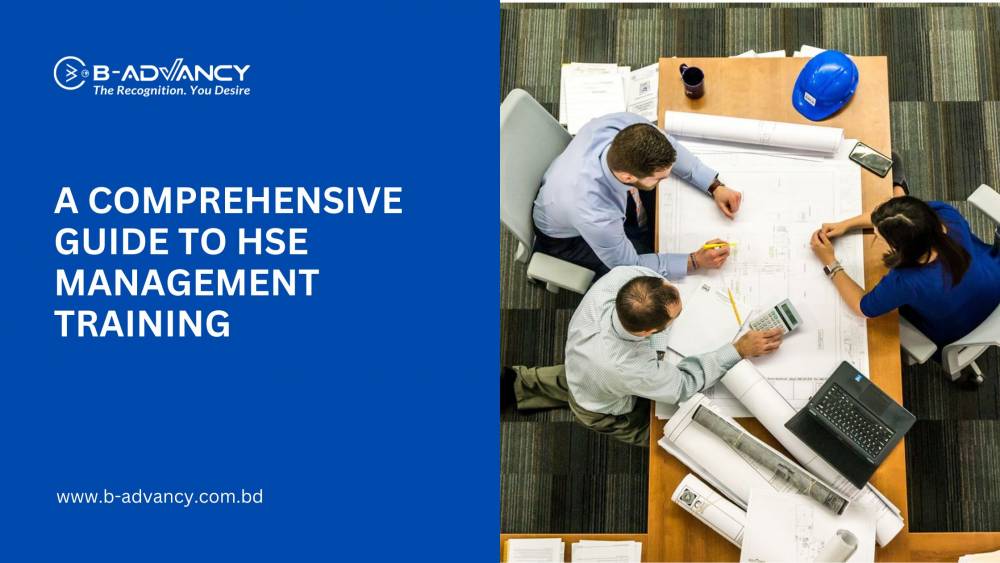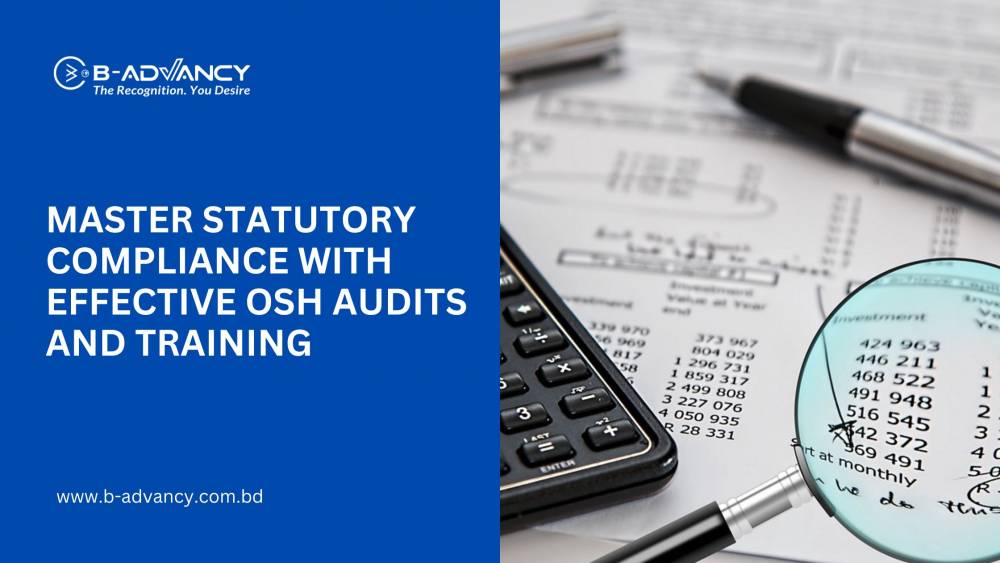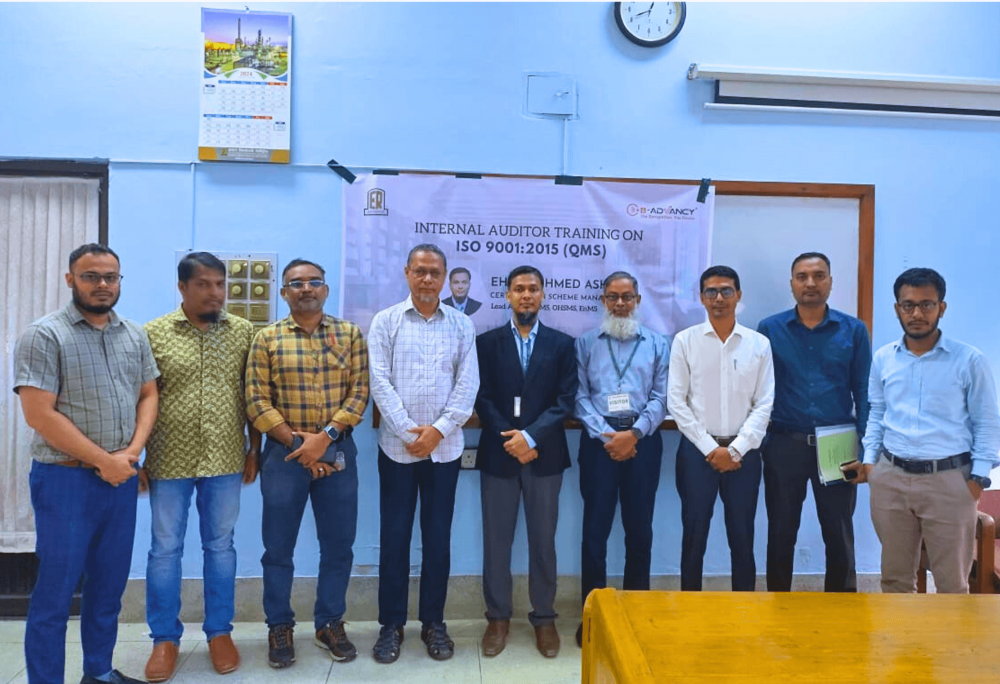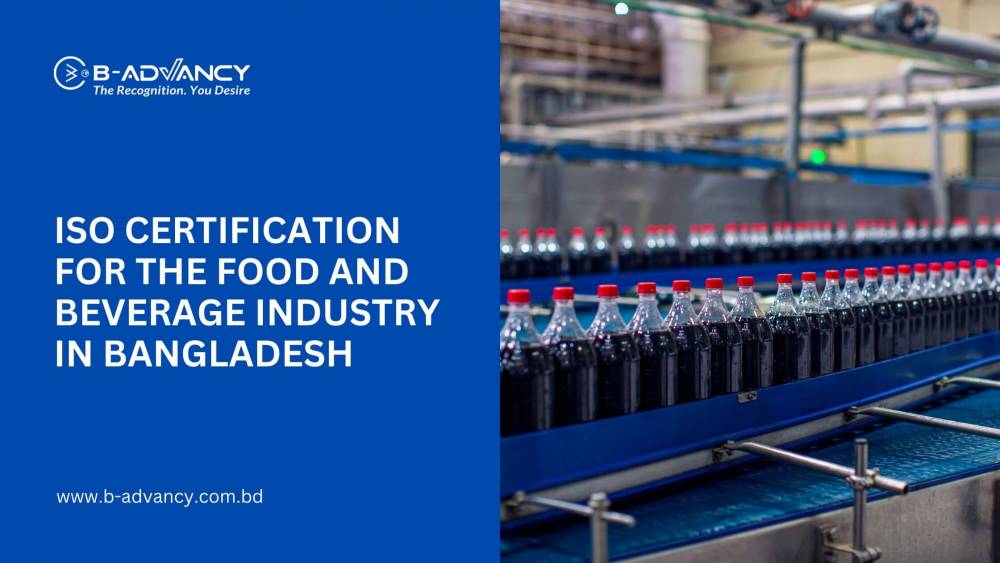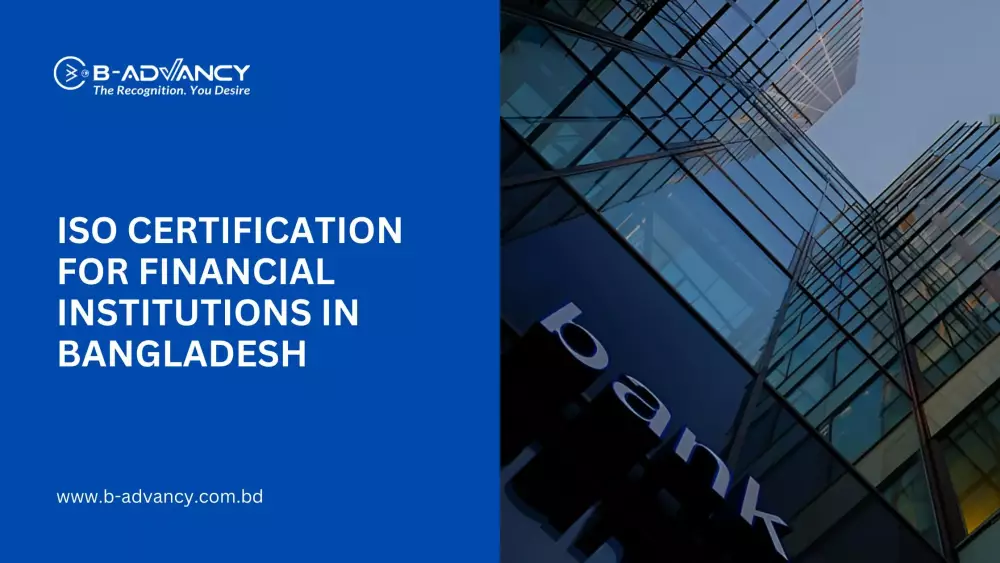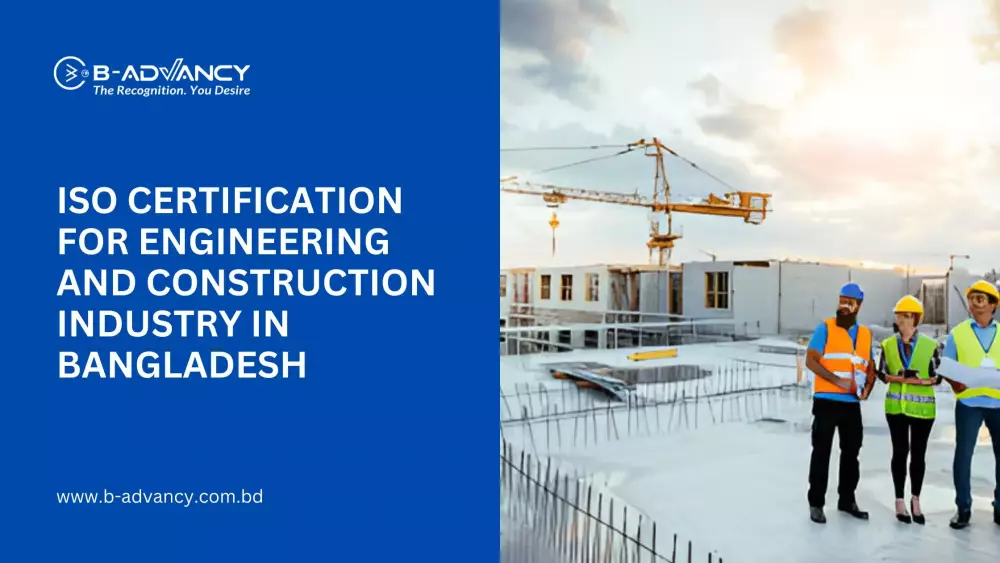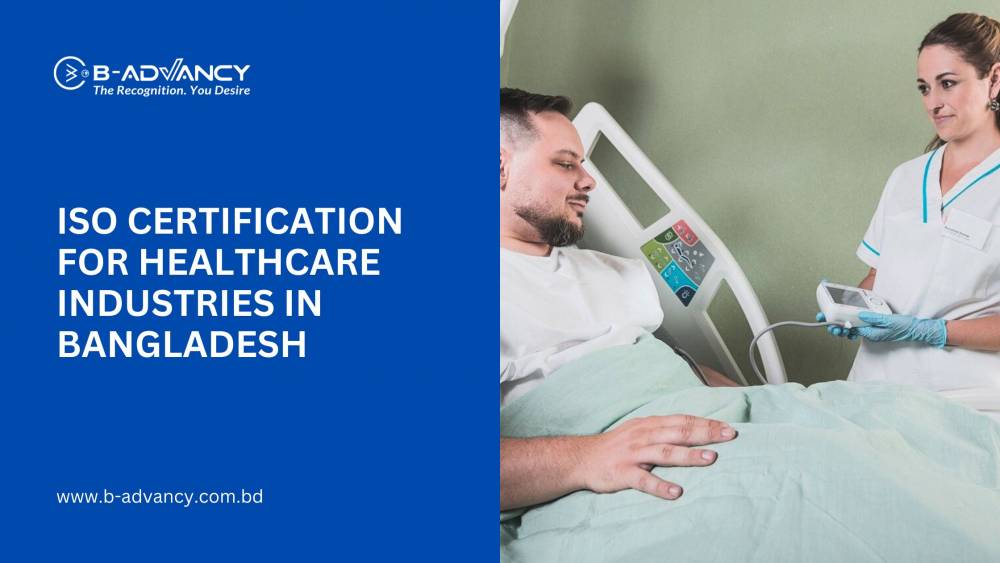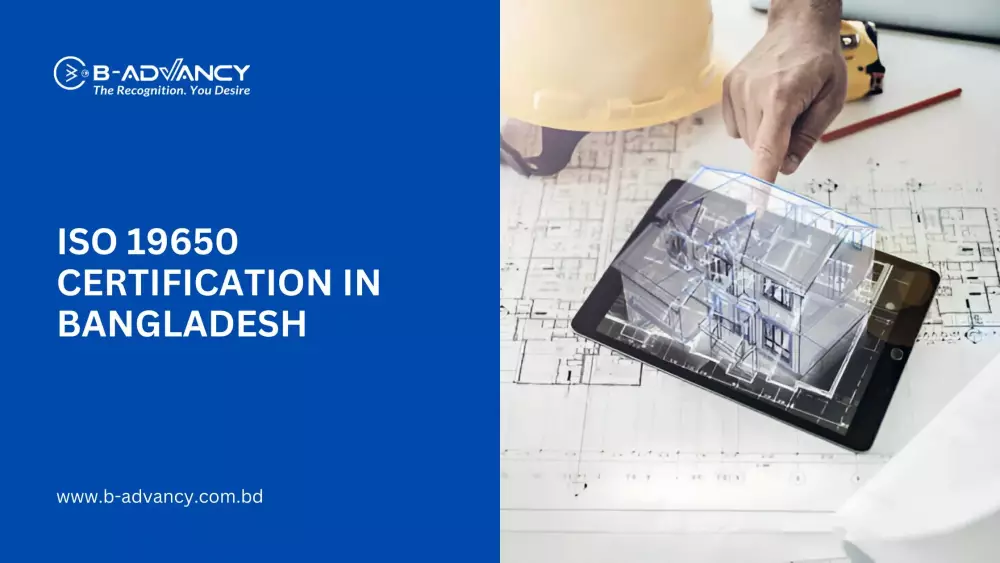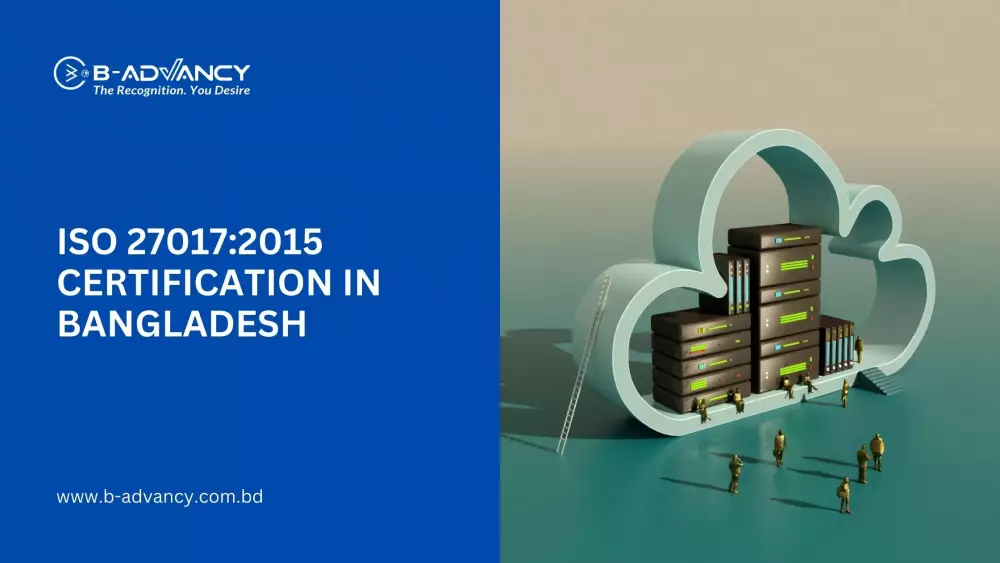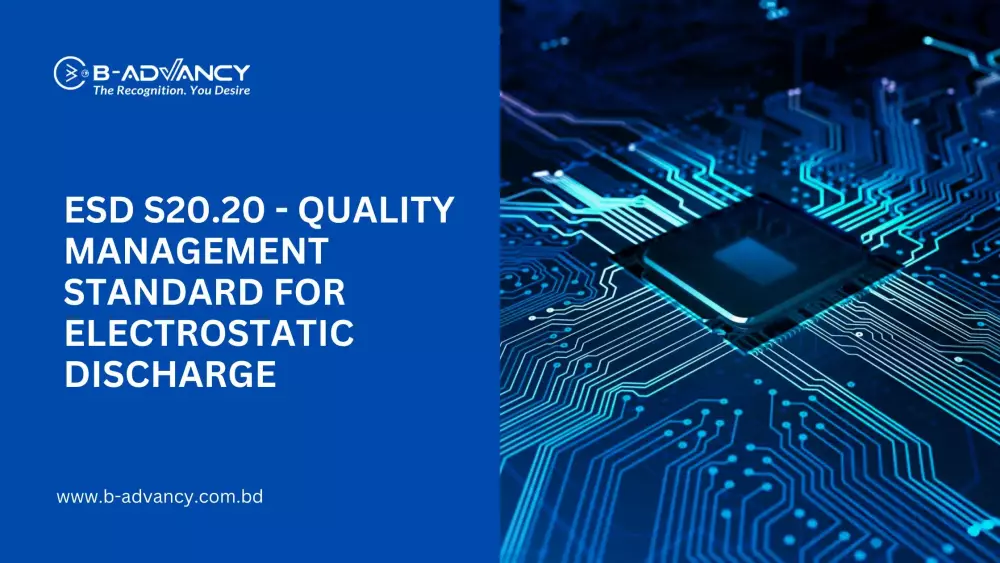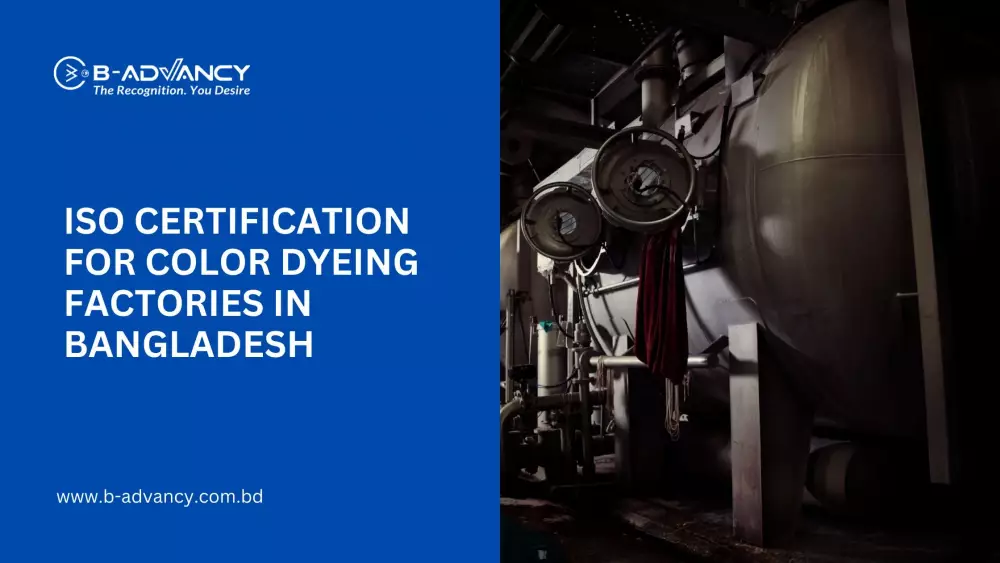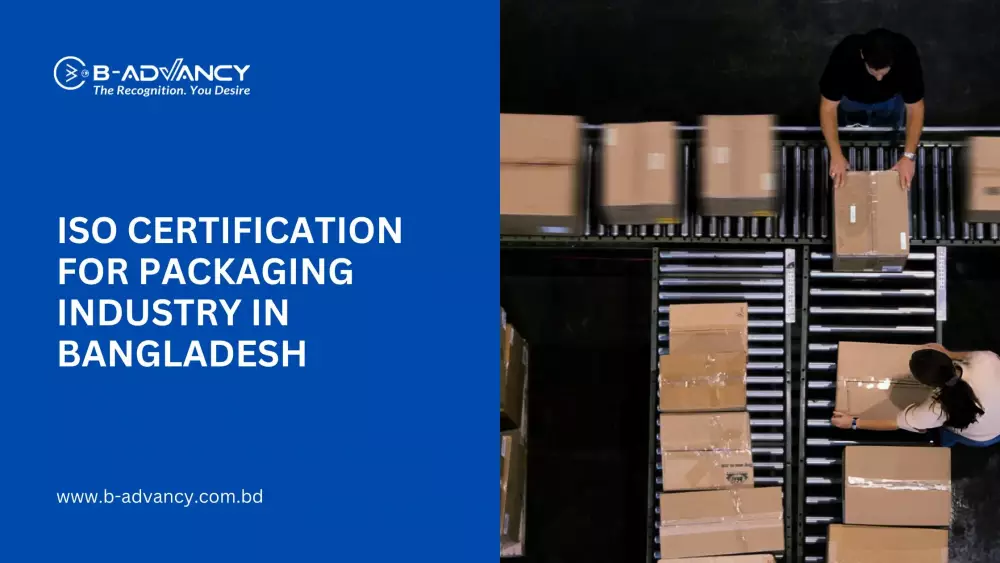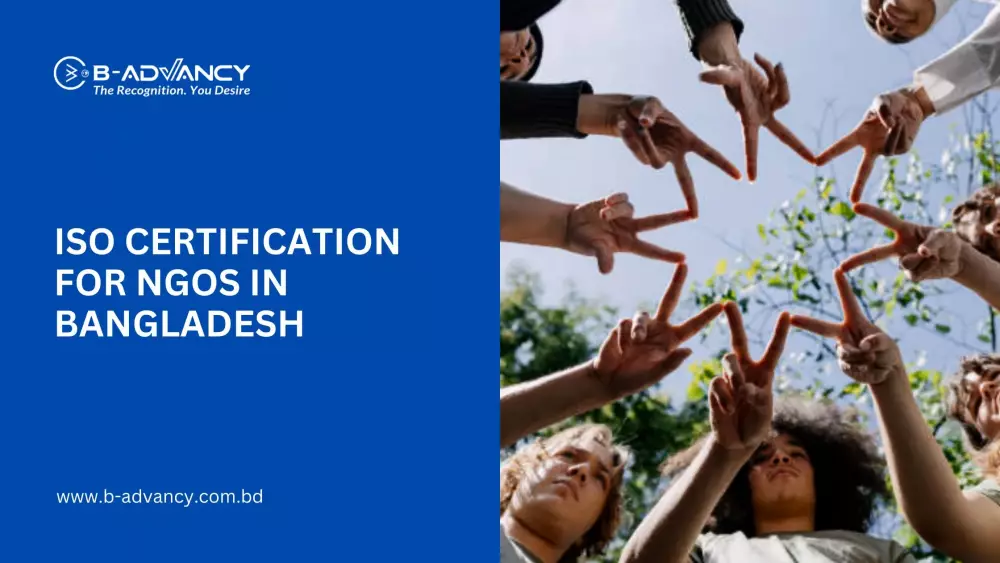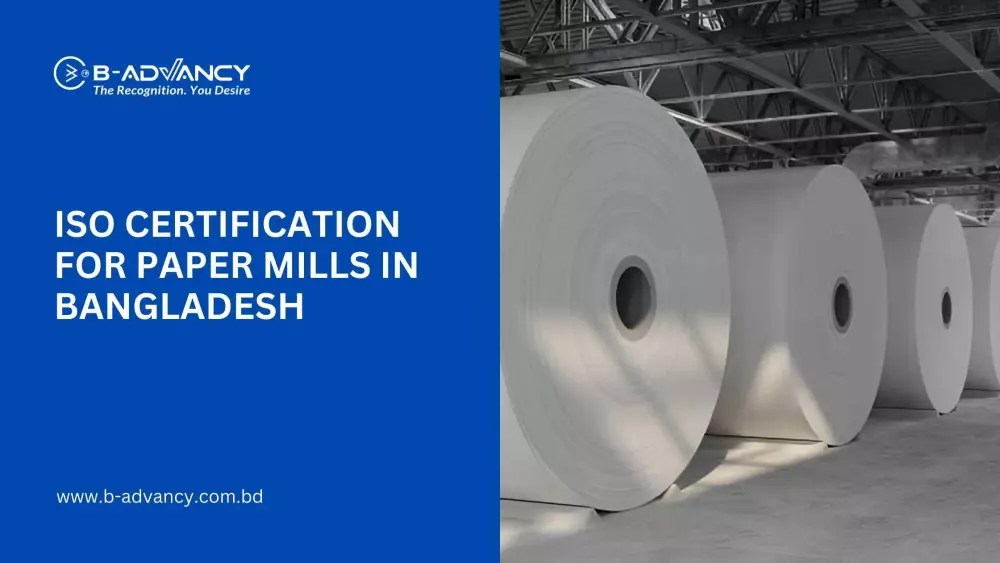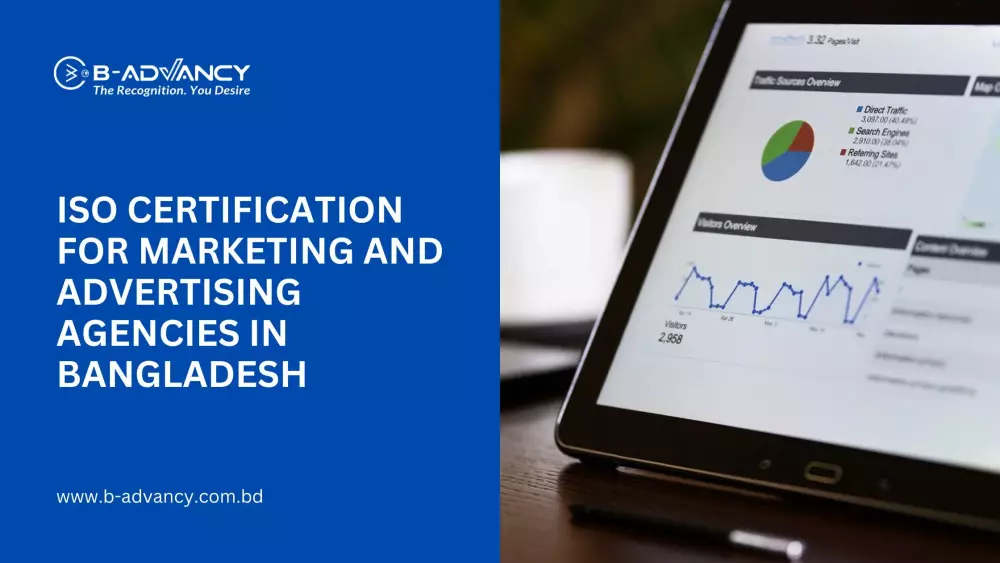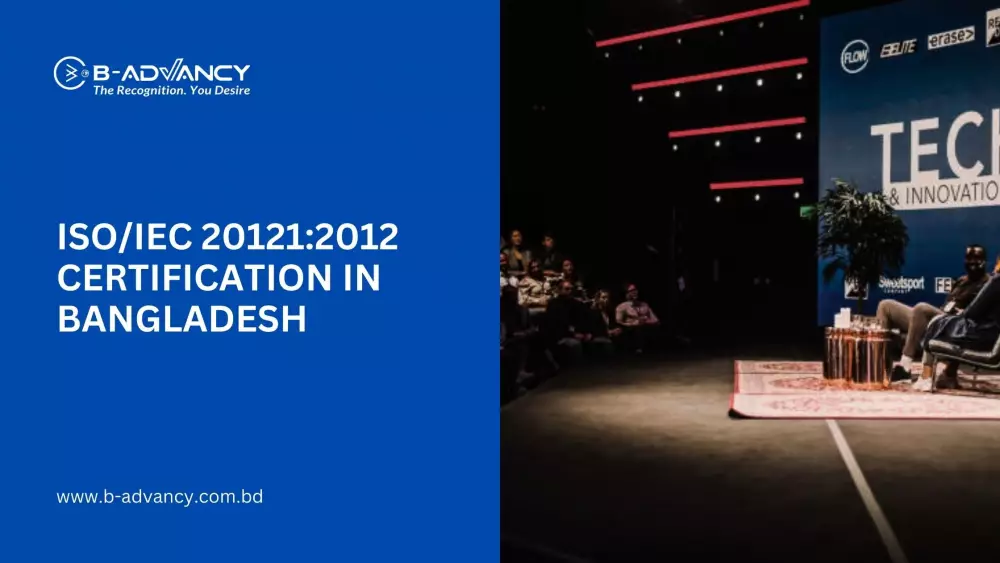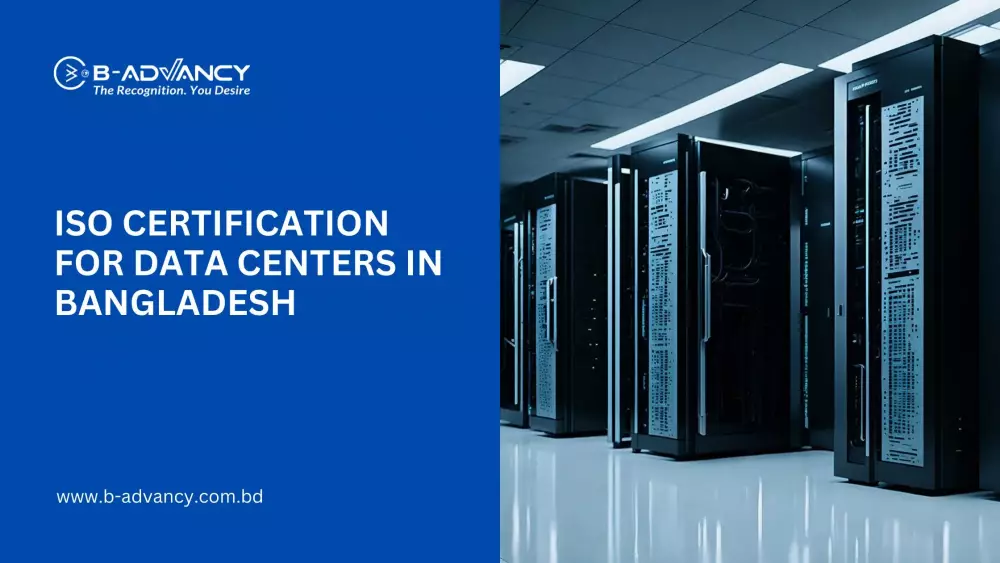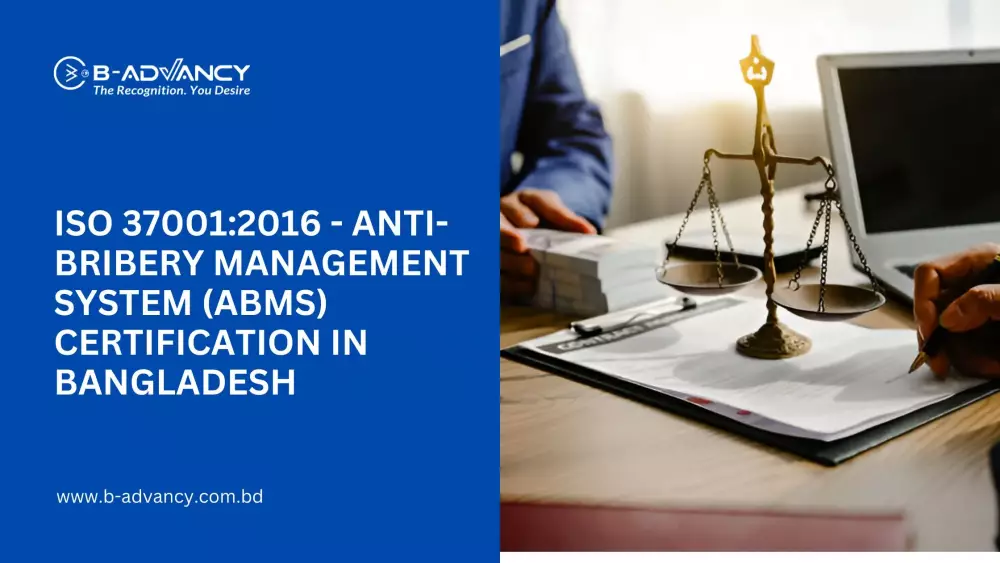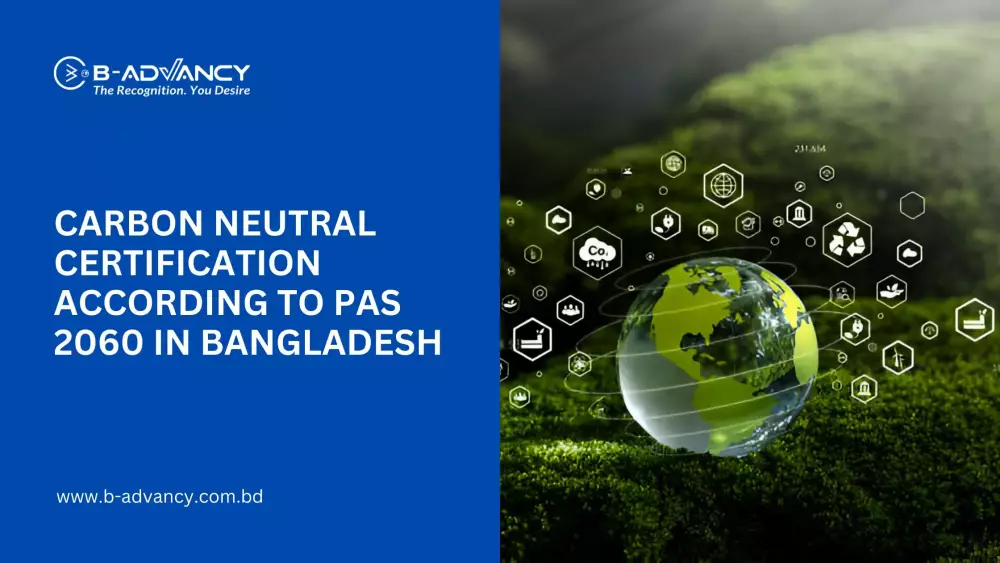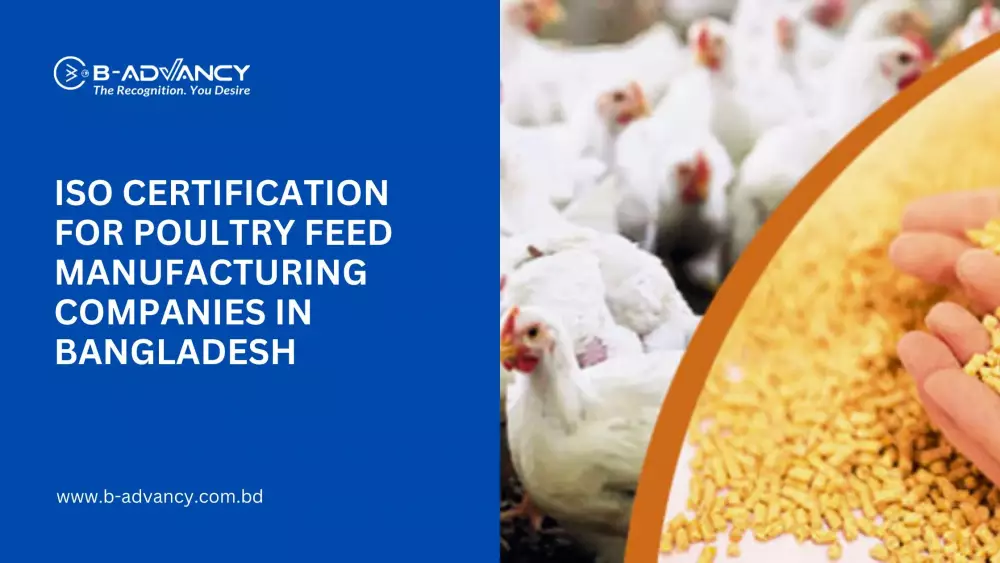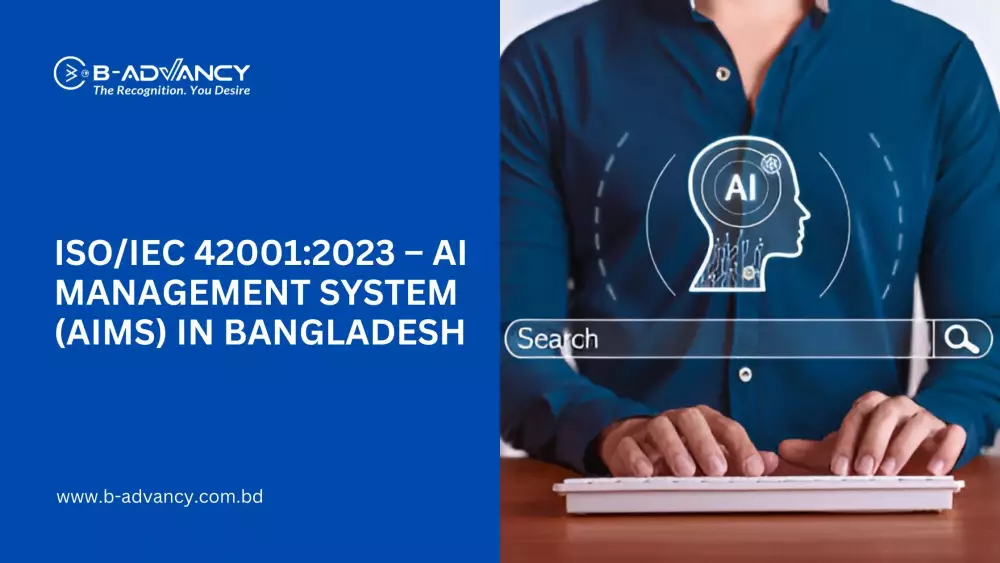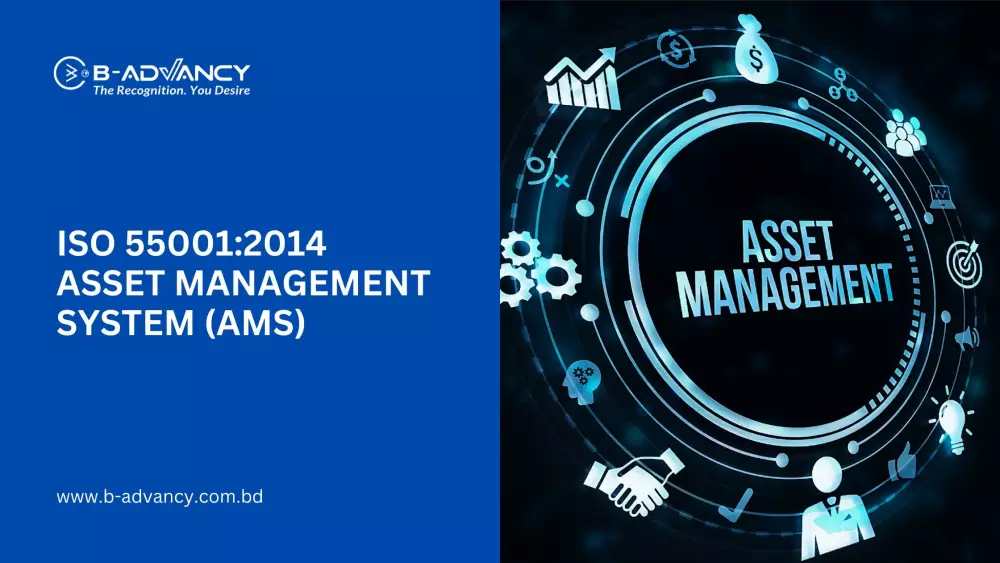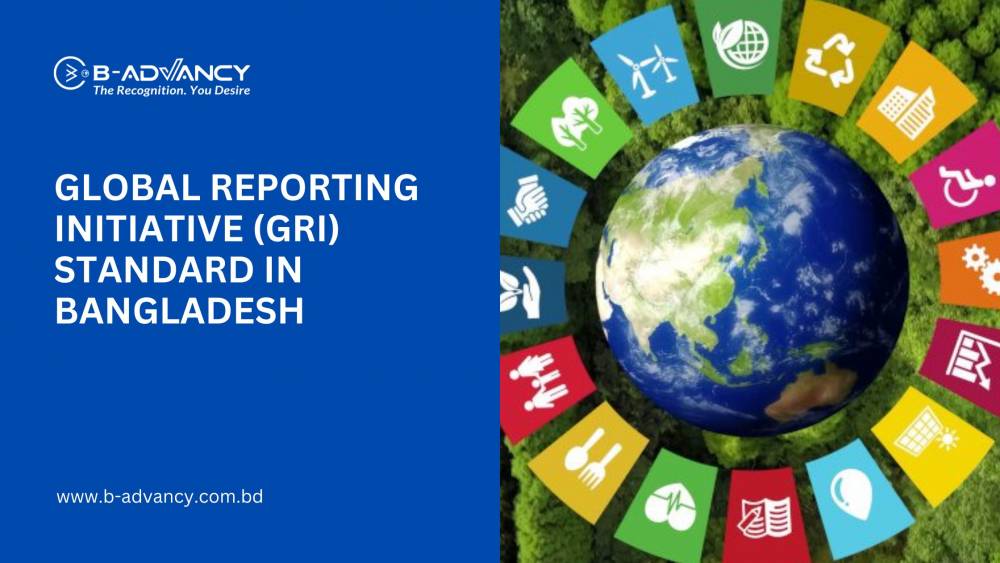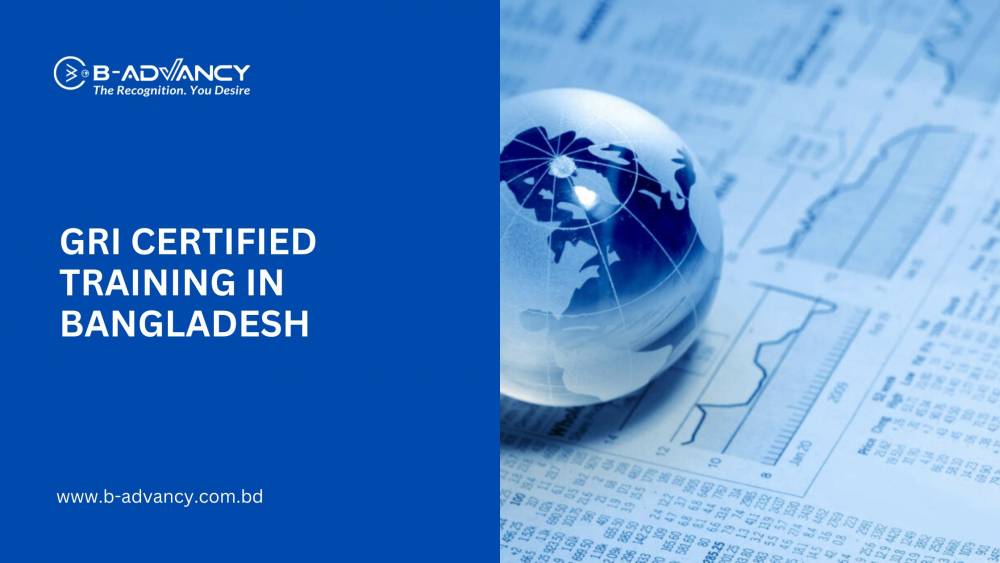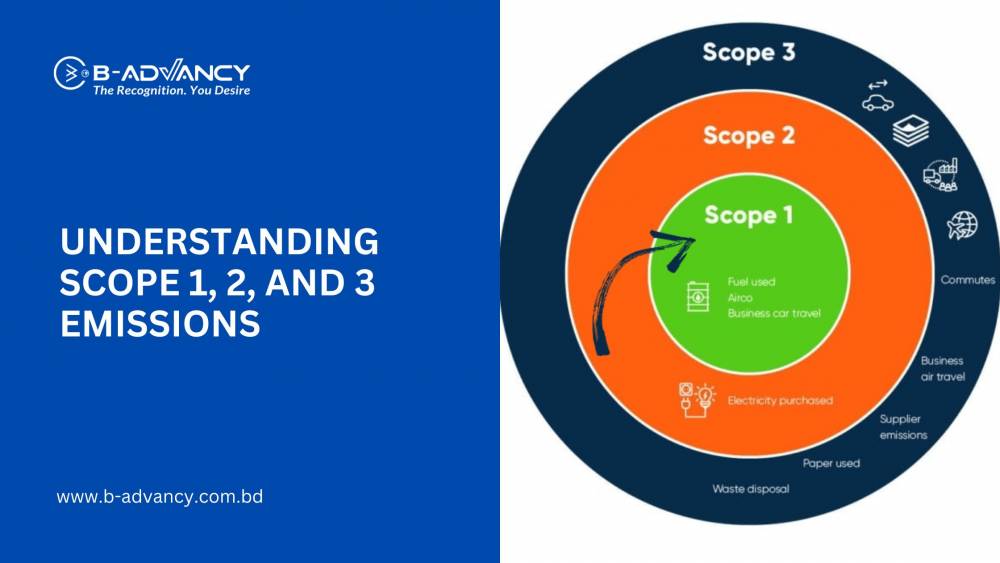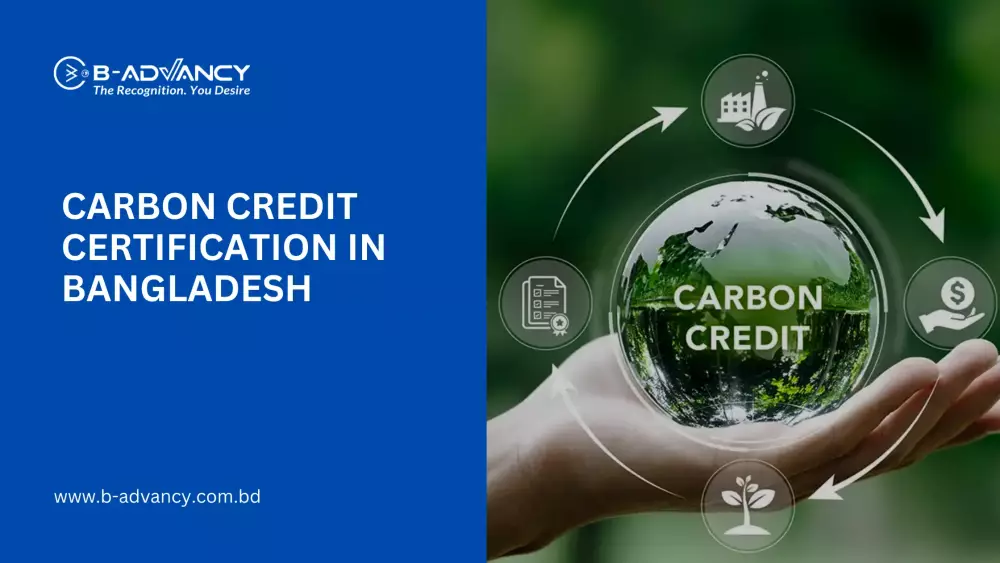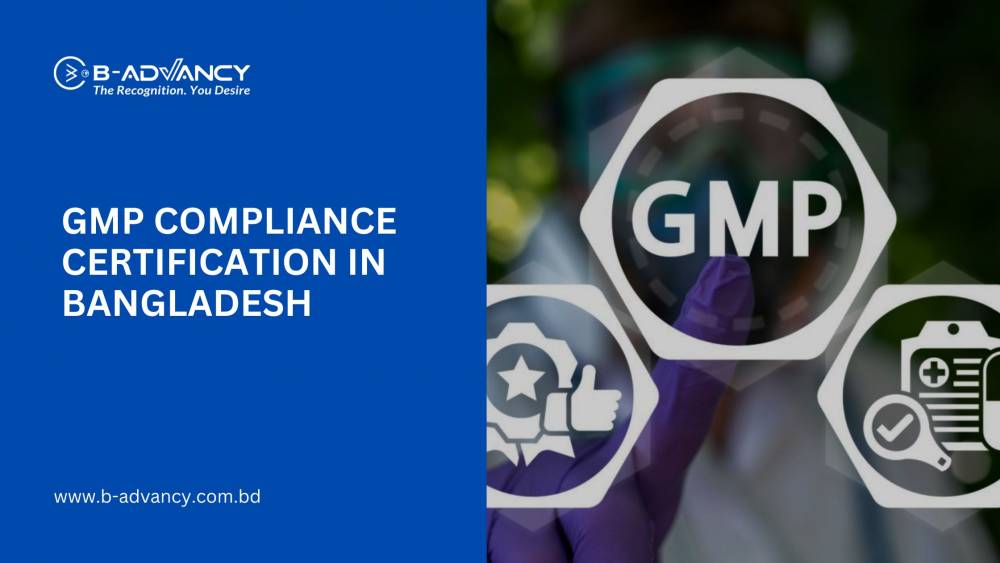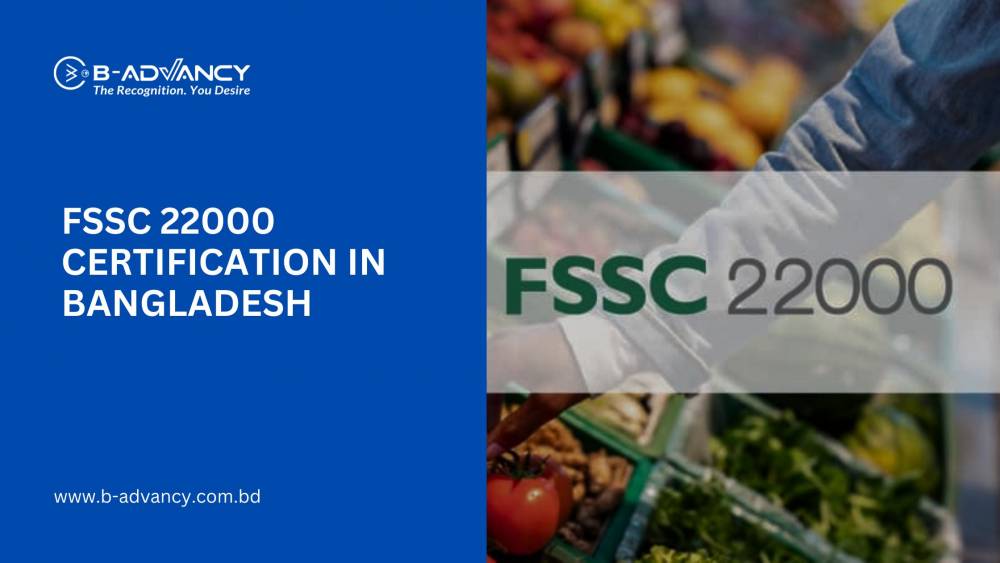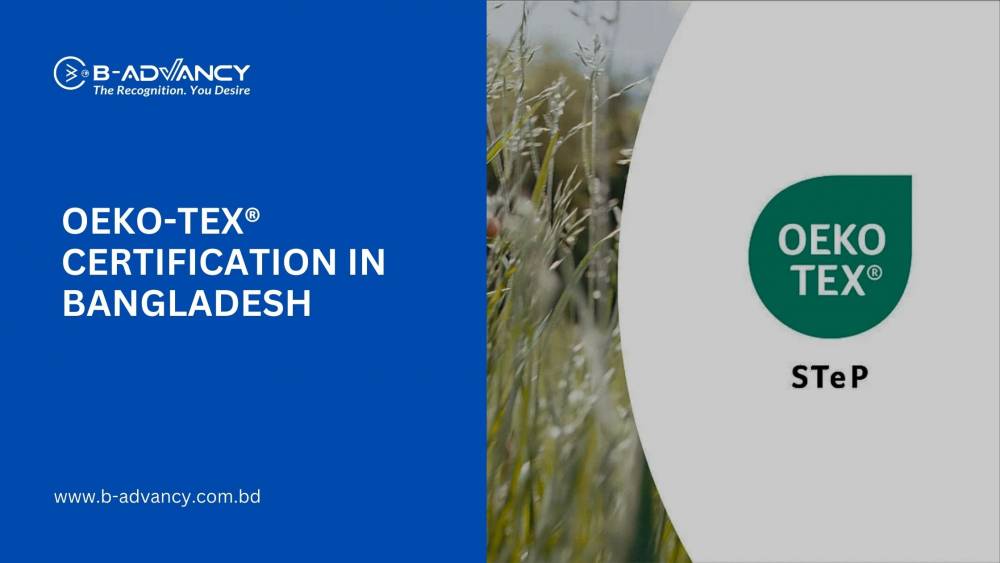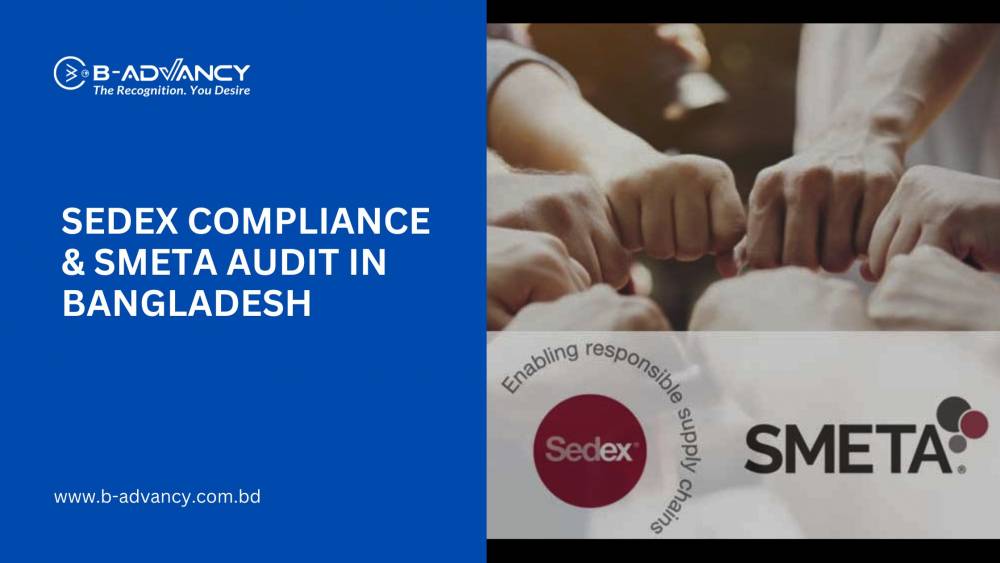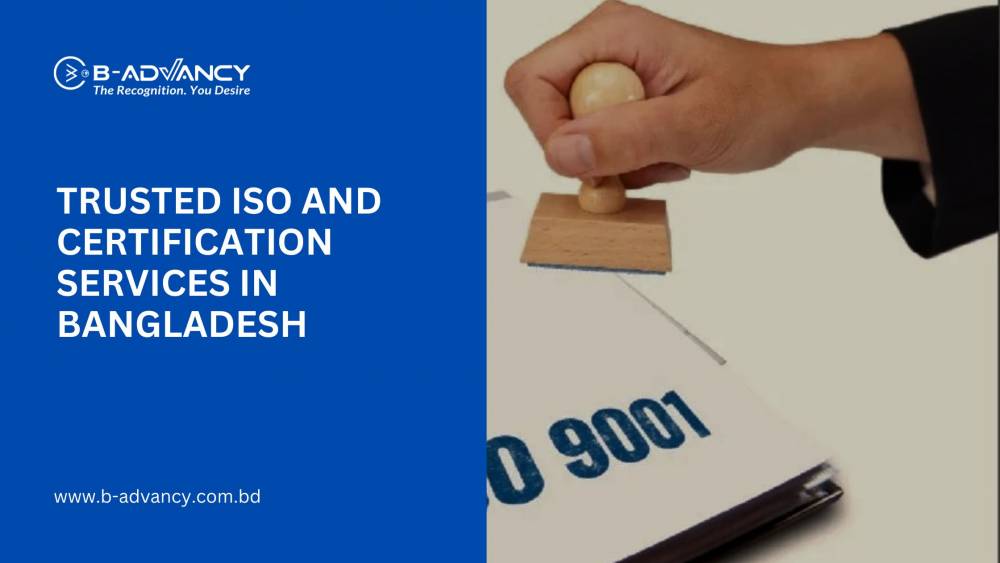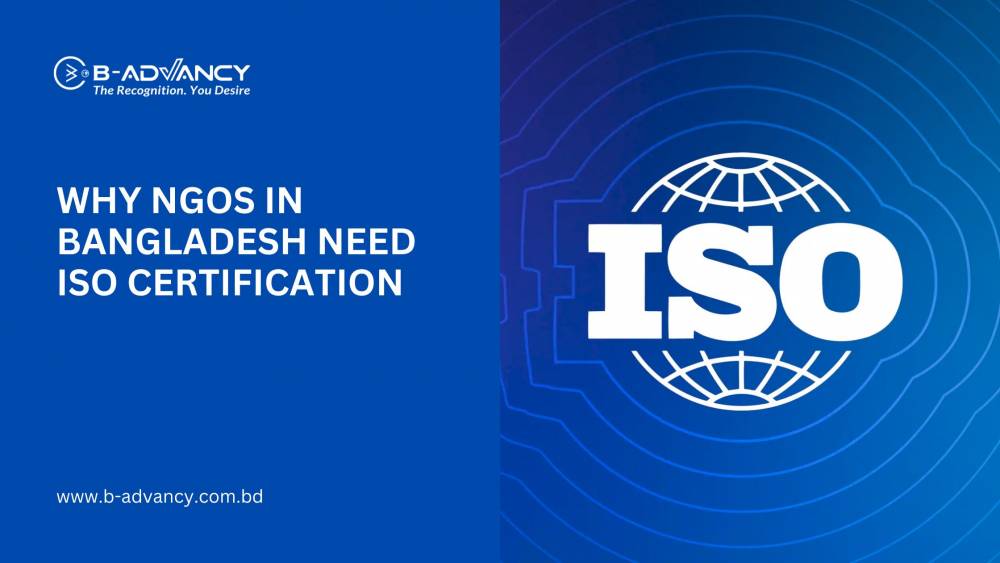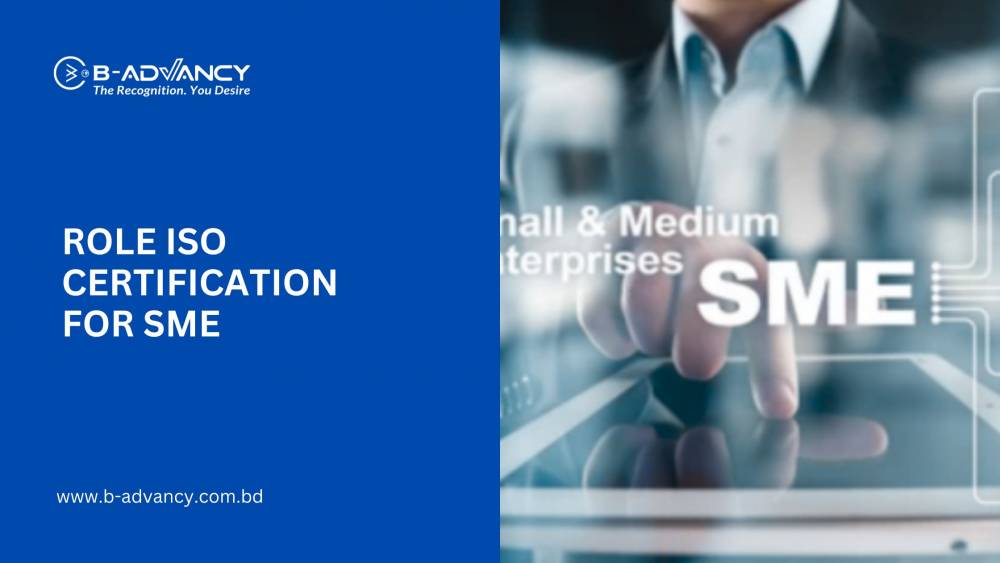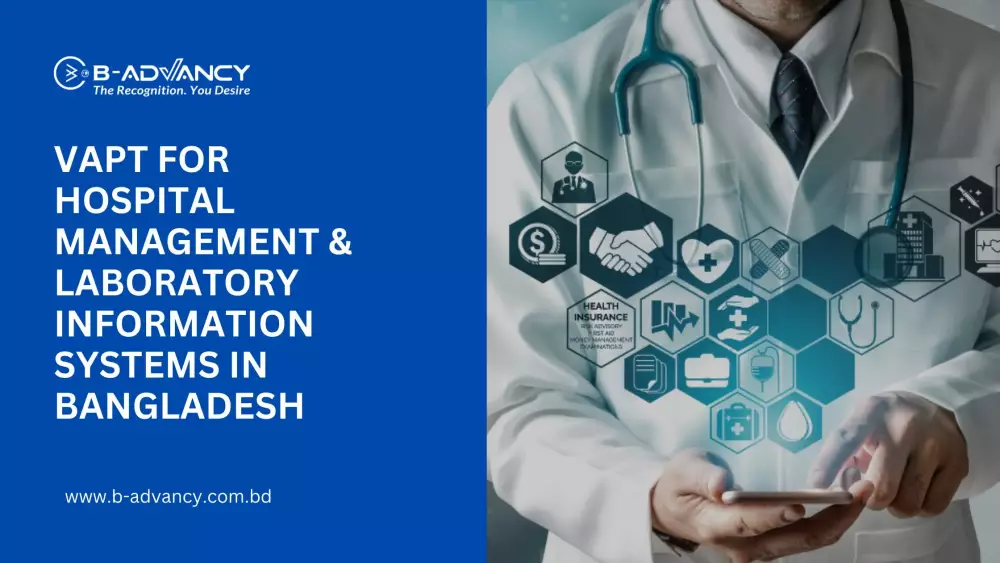I. Introduction to CMMI Development v2.0
Brief overview of the model and its purpose
The Capability Maturity Model Integration (CMMI) Development v2.0 is a process improvement model that provides organizations with a framework for improving their development processes. The purpose of the model is to help organizations develop and deliver high-quality products and services, improve efficiency, and enhance overall performance. CMMI Development v2.0 provides a comprehensive and integrated approach to process improvement, covering all aspects of software development, from planning and requirements gathering to design, development, testing, and delivery. The model also includes a maturity level structure, which provides organizations with a roadmap for process improvement and a benchmark for evaluating their current state of development. The overall goal of CMMI Development v2.0 is to help organizations achieve and maintain high levels of performance and meet the changing needs of their customers and stakeholders.
II. Benefits of CMMI Development v2.0 Level 5 Benchmark Certification
Improved project management
Improved project management is one of the key benefits of CMMI Development v2.0. The model provides a structured approach to project management, including clear processes for planning, executing, and controlling projects. This helps organizations to better manage risk, prioritize resources, and ensure that projects are delivered on time, within budget, and to a high quality. The model also includes practices for continuous improvement, which can help organizations to identify and address areas for improvement in their project management processes. By implementing the practices and processes described in CMMI Development v2.0, organizations can improve the efficiency and effectiveness of their project management processes and achieve better results in terms of cost, schedule, and quality.
Increased efficiency and productivity
Increased efficiency and productivity are among the key benefits of implementing CMMI Development v2.0. The model provides organizations with a structured approach to software development, which helps to improve the efficiency of development processes and reduce the risk of rework and delays. The model also includes practices for continuous improvement, which can help organizations to identify and address areas for improvement in their development processes. This can lead to reduced cycle times, increased productivity, and improved overall performance. Additionally, CMMI Development v2.0 provides a maturity level structure that can help organizations to prioritize their process improvement efforts and focus on areas where they can achieve the greatest benefits. By implementing the practices and processes described in the model, organizations can improve their overall efficiency and achieve better results in terms of cost, schedule, and quality.
Enhanced reputation and competitiveness
An enhanced reputation and increased competitiveness are among the key benefits of CMMI Development v2.0. Achieving CMMI Development v2.0 certification demonstrates to customers, stakeholders, and the industry that an organization has a mature and effective development process. This can help to improve the organization's reputation and increase its competitiveness by differentiating it from organizations that have not achieved certification. Additionally, the practices and processes described in CMMI Development v2.0 can help organizations to deliver high-quality products and services consistently, which can further enhance their reputation and competitiveness. By demonstrating a commitment to continuous improvement and best practices, organizations can improve their standing in the industry and build a reputation for delivering high-quality products and services.
III. Key Features of CMMI Development v2.0 Level 5 Benchmark Certification
Process areas
The process areas are a key feature of CMMI Development v2.0. They represent a set of practices that organizations can implement to improve their development processes. There are 22 process areas in CMMI Development v2.0, which are grouped into three categories: Project Management, Engineering, and Support. Each process area includes a set of specific goals and practices that organizations can implement to achieve the goal. The process areas cover all aspects of software development, from planning and requirements gathering to design, development, testing, and delivery. The process areas provide organizations with a roadmap for process improvement and a benchmark for evaluating their current state of development. By implementing the practices and processes described in the process areas, organizations can improve the efficiency and effectiveness of their development processes and achieve better results in terms of cost, schedule, and quality.
Maturity levels
The maturity levels are a key feature of CMMI Development v2.0. They provide organizations with a roadmap for process improvement and a benchmark for evaluating their current state of development. The maturity levels range from 1 to 5, with 5 being the highest level of maturity. Organizations can assess their development processes against the maturity levels to determine their current level of maturity and identify areas for improvement.
Ø Level 1: Initial - The organization's development processes are ad hoc and unstructured.
Ø Level 2: Managed - The organization has established basic processes for planning and monitoring development activities.
Ø Level 3: Defined - The organization has established a standard set of development processes that are used consistently across projects.
Ø Level 4: Quantitatively Managed - The organization uses quantitative data to monitor and control its development processes.
Ø Level 5: Optimizing - The organization continuously improves its development processes based on data and experience.
By implementing the practices and processes described in the maturity levels, organizations can gradually improve their development processes and achieve a higher level of maturity over time. Achieving a higher level of maturity can lead to improved efficiency, increased productivity, and enhanced reputation.
Goals and practices
Goals and practices are the building blocks of CMMI Development v2.0. Each process area includes a set of specific goals that organizations can strive to achieve, and a set of practices that they can implement to achieve the goals. The goals describe what an organization should be able to do in a particular area, while the practices describe how to do it. The goals and practices are designed to be specific, measurable, and achievable, and provide organizations with a roadmap for process improvement.
For example, one goal of the Configuration Management process area is to establish and maintain the integrity of the development artifacts. To achieve this goal, the organization can implement practices such as:
Ø Establishing and maintaining a configuration management system
Ø Defining and implementing configuration management processes
Ø Controlling changes to the development artifacts
By implementing the practices and achieving the goals of the process areas, organizations can improve the efficiency and effectiveness of their development processes and achieve better results in terms of cost, schedule, and quality. The goals and practices are designed to be flexible and adaptable, so organizations can tailor them to meet the specific needs of their development processes.
IV. Steps for Achieving CMMI Development v2.0 Level 5 Benchmark Certification in Bangladesh
Preparation and assessment
Preparation and assessment are key steps in the CMMI Development v2.0 certification process. Preparation involves getting ready for the assessment by reviewing the CMMI Development v2.0 model, familiarizing yourself with the process areas and goals, and making any necessary changes to your development processes to ensure they align with the model.
Assessment is the process of evaluating your organization's development processes against the goals and practices described in CMMI Development v2.0. Assessment can be done through a self-assessment, where your organization evaluates its own processes, or through an external assessment, where an independent third-party assesses your processes. The assessment provides an objective evaluation of your organization's development processes and helps to identify areas for improvement.
Implementation
implementation is the process of incorporating the practices and processes described in CMMI Development v2.0 into your organization's development processes. Implementation is a key step in the CMMI Development v2.0 certification process and requires the active participation of your entire organization.
Implementing CMMI Development v2.0 involves the following steps:
Ø Identifying areas for improvement: Use the results of the assessment to identify areas for improvement in your development processes.
Ø Defining processes: Develop detailed processes for each of the process areas that align with the goals and practices described in CMMI Development v2.0.
Ø Training: Train your staff on the new processes and ensure that everyone understands their roles and responsibilities.
Ø Implementing processes: Put the new processes into action and monitor their effectiveness.
Ø Measuring and analyzing: Measure the results of the new processes and analyze the data to identify areas for further improvement.
By implementing the practices and processes described in CMMI Development v2.0, you can improve the efficiency and effectiveness of your development processes and achieve better results in terms of cost, schedule, and quality. Implementing CMMI Development v2.0 requires a significant investment of time and resources, but the benefits of improved processes, increased efficiency, and enhanced reputation make it well worth the effort.
Evaluation and certification
Evaluation and certification are the final steps in the CMMI Development v2.0 process. Evaluation is the process of determining whether your organization's development processes meet the goals and practices described in CMMI Development v2.0. The evaluation is conducted by an independent third-party assessor and provides an objective assessment of your organization's development processes.
Certification is the recognition that your organization's development processes meet the standards described in CMMI Development v2.0. To become certified, your organization must undergo a rigorous evaluation process and demonstrate that its development processes meet the goals and practices described in the model.
The evaluation and certification process provides several benefits:
Ø Confirms that your development processes meet industry standards
Ø Improves your reputation and enhances your competitiveness
Ø Provides objective feedback on your processes, allowing you to identify areas for improvement
Ø Demonstrates your commitment to continuous improvement and quality
Evaluation and certification are the final steps in the CMMI Development v2.0 process, but they are not the end. Organizations should continue to monitor their development processes and make improvements to ensure that they remain aligned with the model and meet the evolving needs of their business.
VI. Challenges of CMMI Development v2.0 Implementation in Bangladesh
Resistance to change
Resistance to change is a common challenge faced by organizations during the implementation of CMMI Development v2.0. The resistance can stem from a variety of factors, including:
Ø Fear of the unknown: Many people are naturally resistant to change and may be wary of new processes and procedures.
Ø Lack of understanding: People may not fully understand the benefits of CMMI Development v2.0 and the impact it will have on their daily work.
Ø Lack of buy-in: People may not feel that they have a stake in the success of the implementation and may not see the value in the changes.
Ø Threat to established power structures: The implementation of CMMI Development v2.0 may challenge existing power structures within the organization, causing resistance from those who feel threatened.
Lack of awareness and understanding
Lack of awareness and understanding are common challenges faced by organizations during the implementation of CMMI Development v2.0. Many people may not fully understand the model and its goals, and may not see the value in the changes that it brings.
To overcome this challenge, it is important to educate your staff about CMMI Development v2.0 and the benefits it brings. This can be done through training sessions, workshops, and presentations. Make sure that everyone understands the model, its goals, and the impact it will have on their daily work.
In addition, it is important to communicate the benefits of CMMI Development v2.0 to stakeholders and customers, to build their understanding and support for the model. By raising awareness and understanding of CMMI Development v2.0, you can overcome the challenges of lack of awareness and understanding and ensure a successful implementation.
Limited resources
Limited resources for CMMI Certification is a common challenge faced by organizations during the implementation of CMMI Development v2.0. Implementing a new model can be time-consuming and resource-intensive, and organizations may not have the resources necessary to support the implementation.
To overcome this challenge, it is important to prioritize and allocate resources effectively. Consider what resources are required for the implementation and plan accordingly. This may include assigning staff to work on the implementation, dedicating budget for training and support, and allocating time for workshops and presentations.
In addition, consider working with an external consultant or service provider who has experience with CMMI Development v2.0. This can help you to maximize the return on investment and ensure that the implementation is completed efficiently and effectively.
By effectively managing resources, you can overcome the challenges of limited resources and ensure a successful implementation of CMMI Development v2.0.
VII. Conclusion
Emphasis on the importance of continuous improvement and its impact on organizational success.
Continuous improvement is a key aspect of CMMI Development v2.0 and is essential for organizational success. The model emphasizes the importance of continually improving processes, practices, and systems to achieve better results.
By adopting a culture of continuous improvement, organizations can identify areas for improvement and make changes that drive better performance and results. This can lead to increased efficiency, improved customer satisfaction, and enhanced competitiveness.
The impact of continuous improvement on organizational success is significant. Organizations that embrace continuous improvement are better equipped to respond to changing market conditions and customer demands, and can achieve sustained success in the long term.
To emphasize the importance of continuous improvement, it is important to involve staff in the implementation process and provide training and support to help them understand the importance of continuous improvement and how it can impact organizational success.
By emphasizing the importance of continuous improvement, organizations can ensure that they are well-positioned to achieve sustained success and drive better results in the long term.

